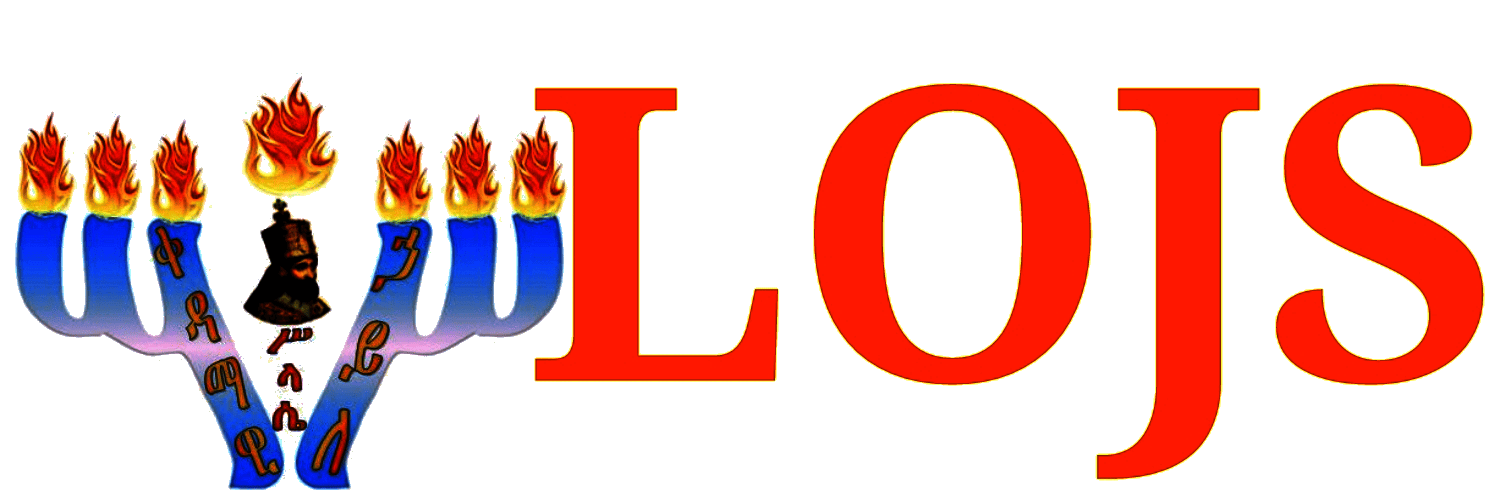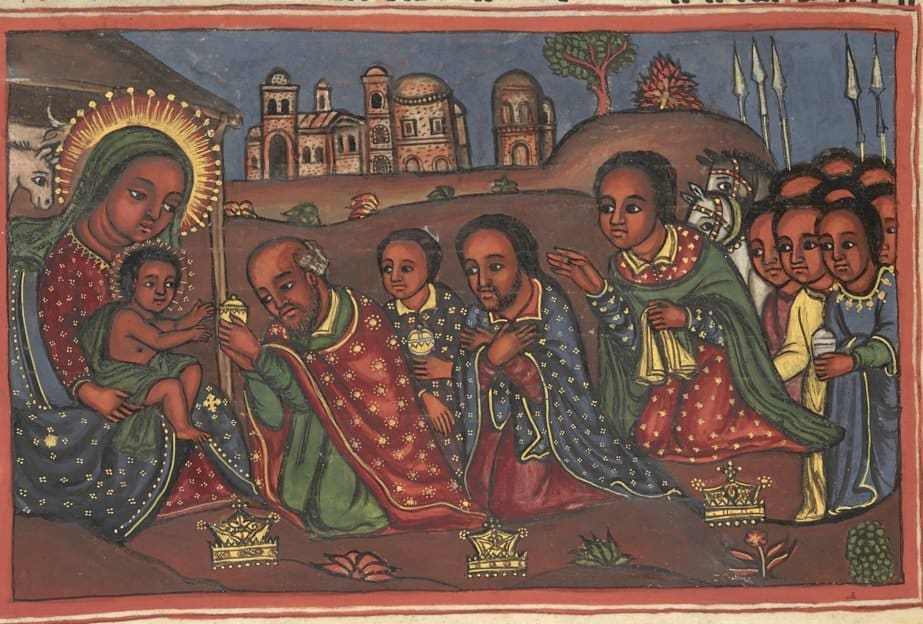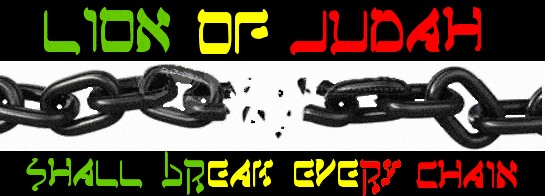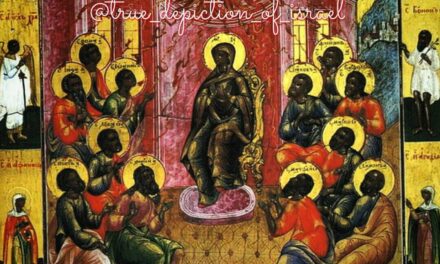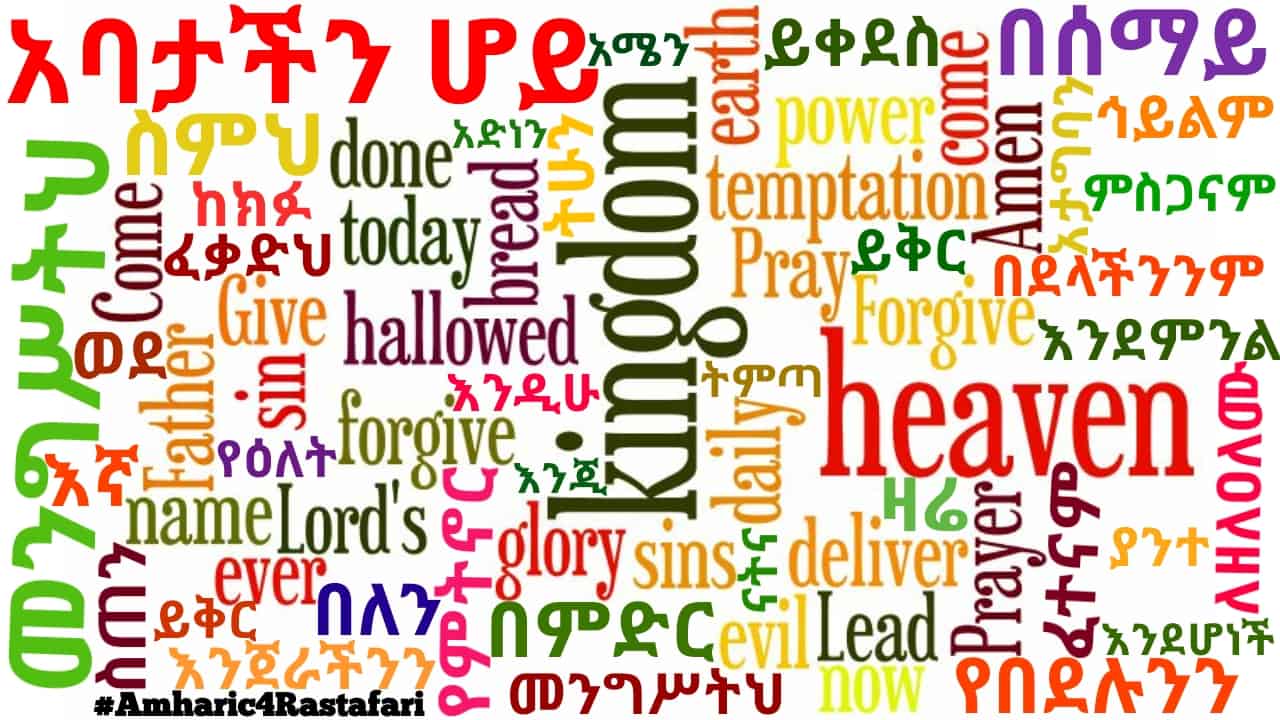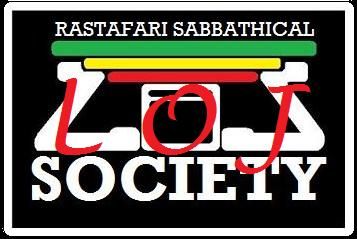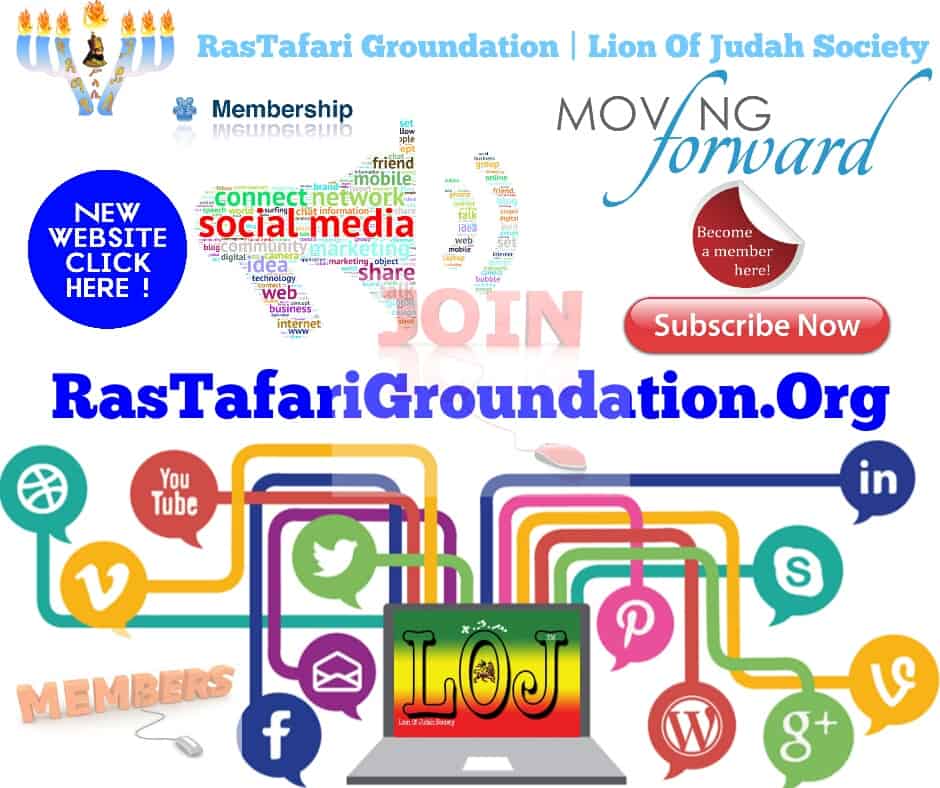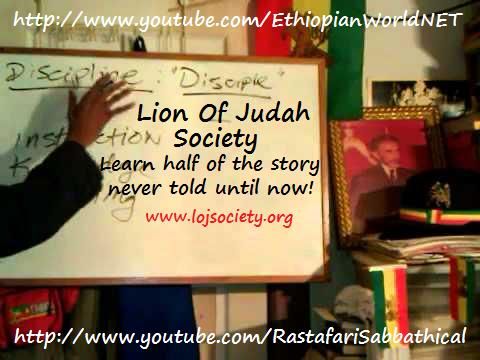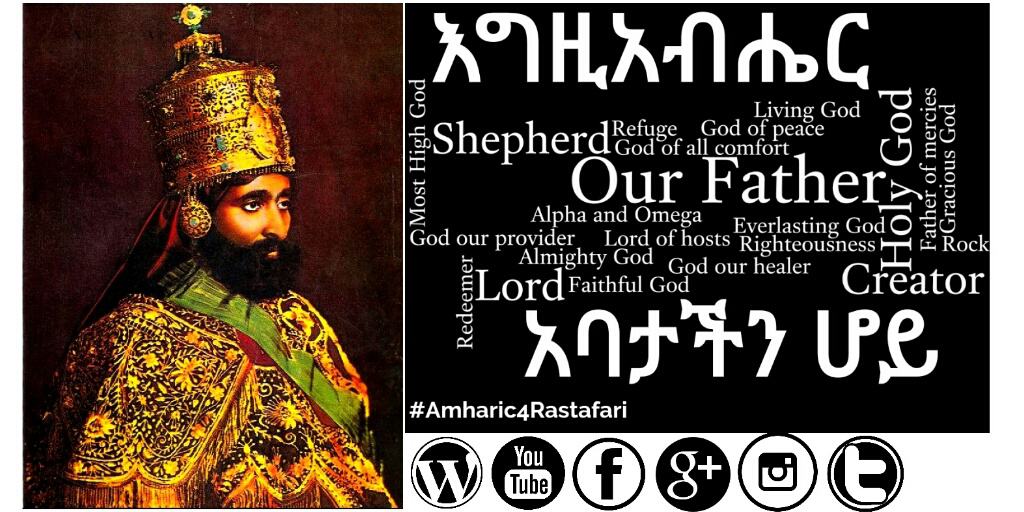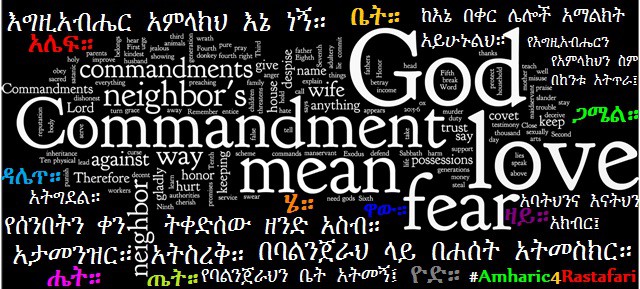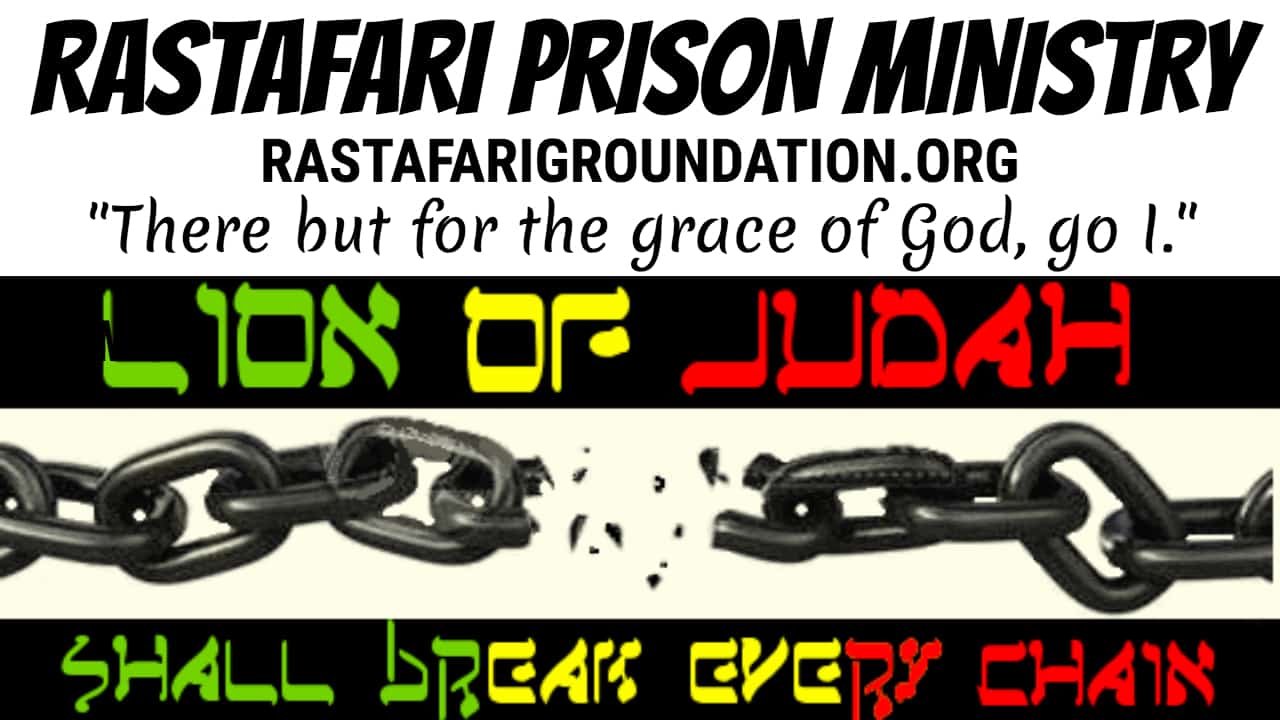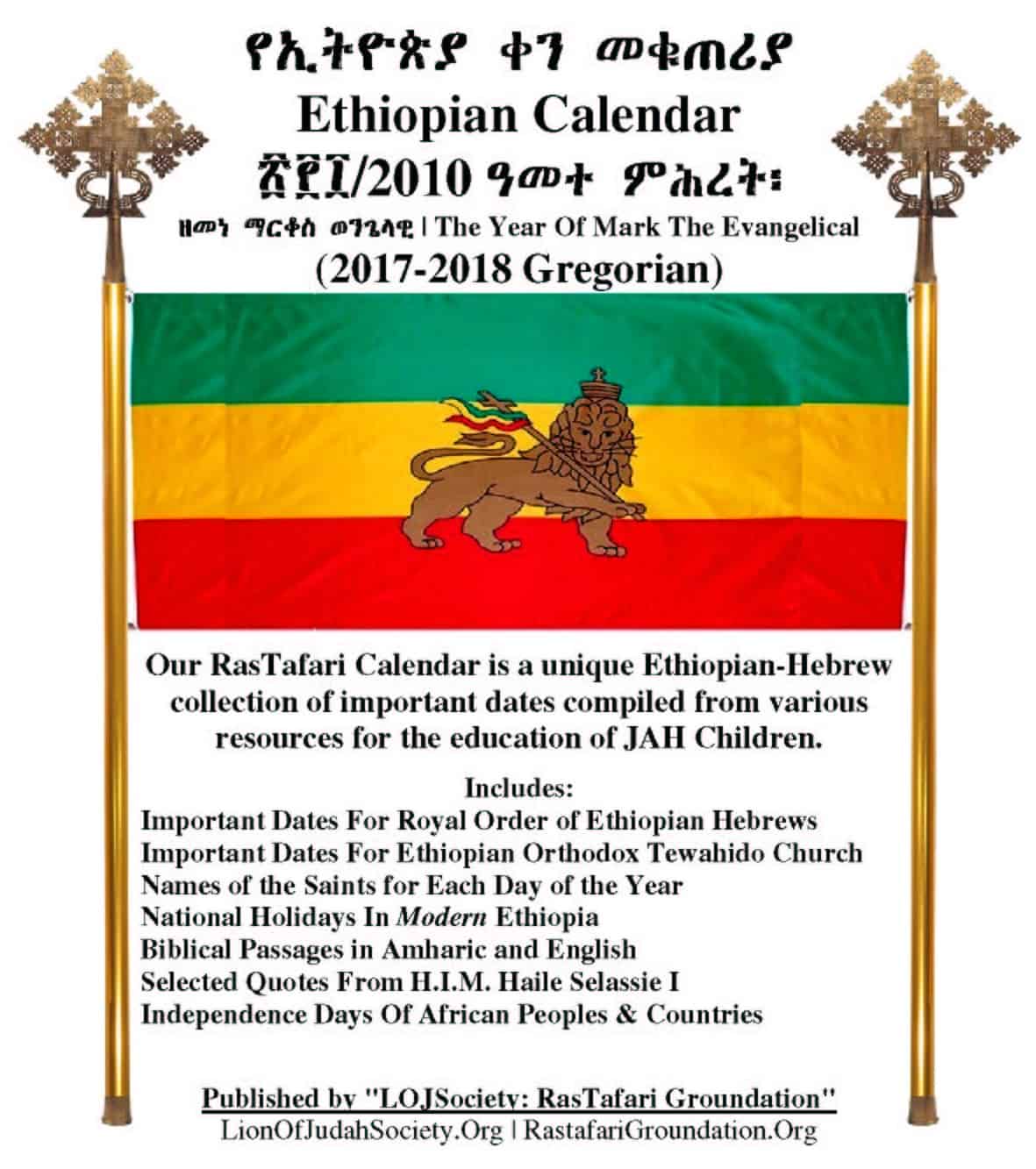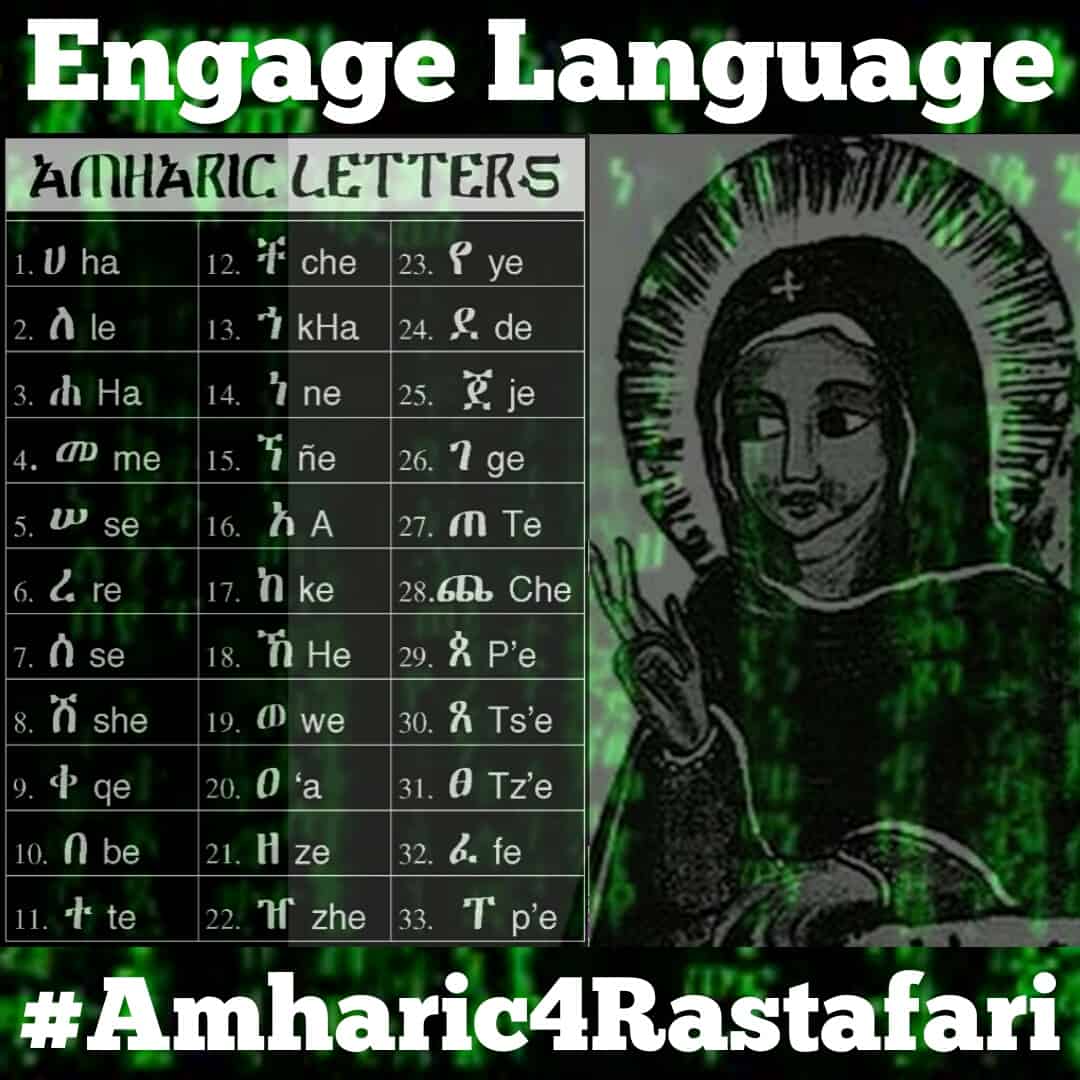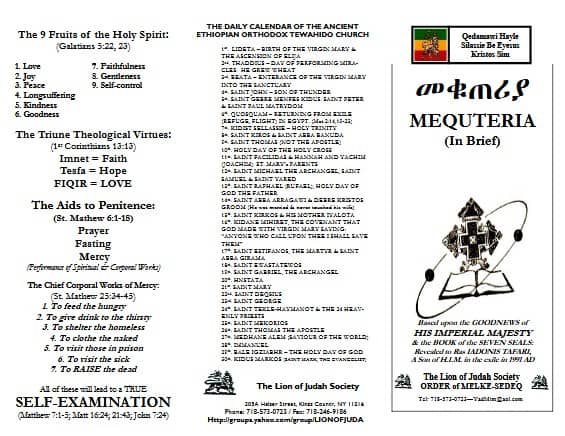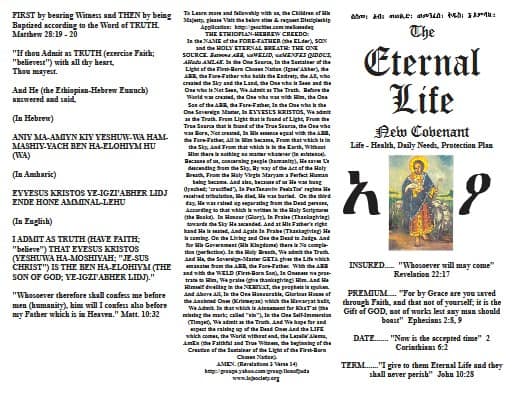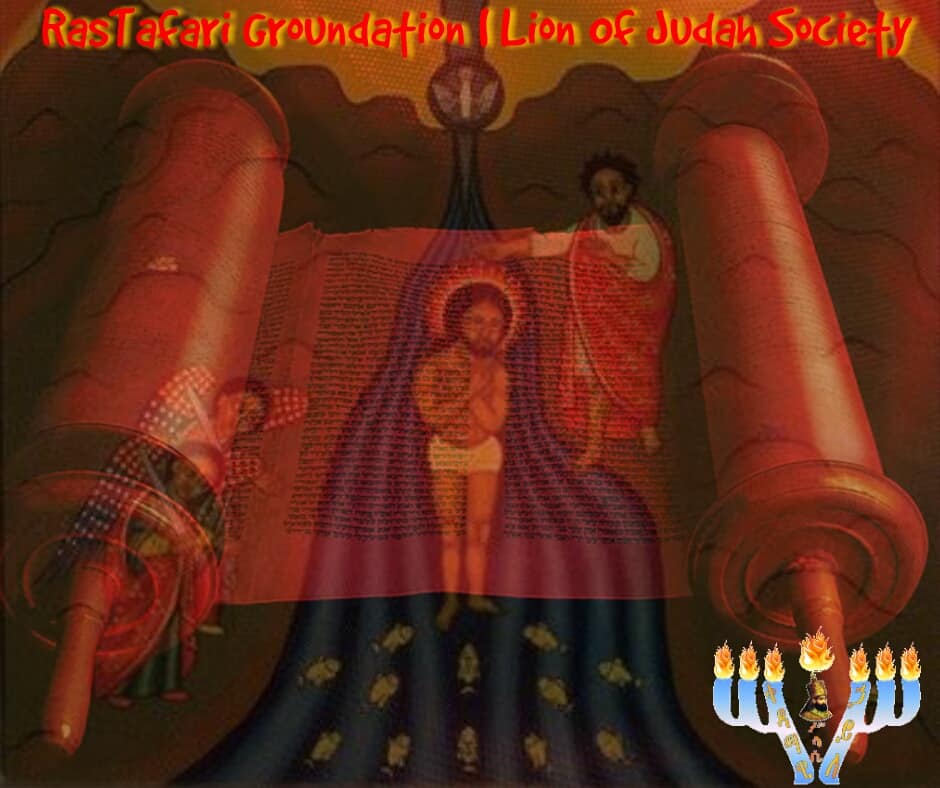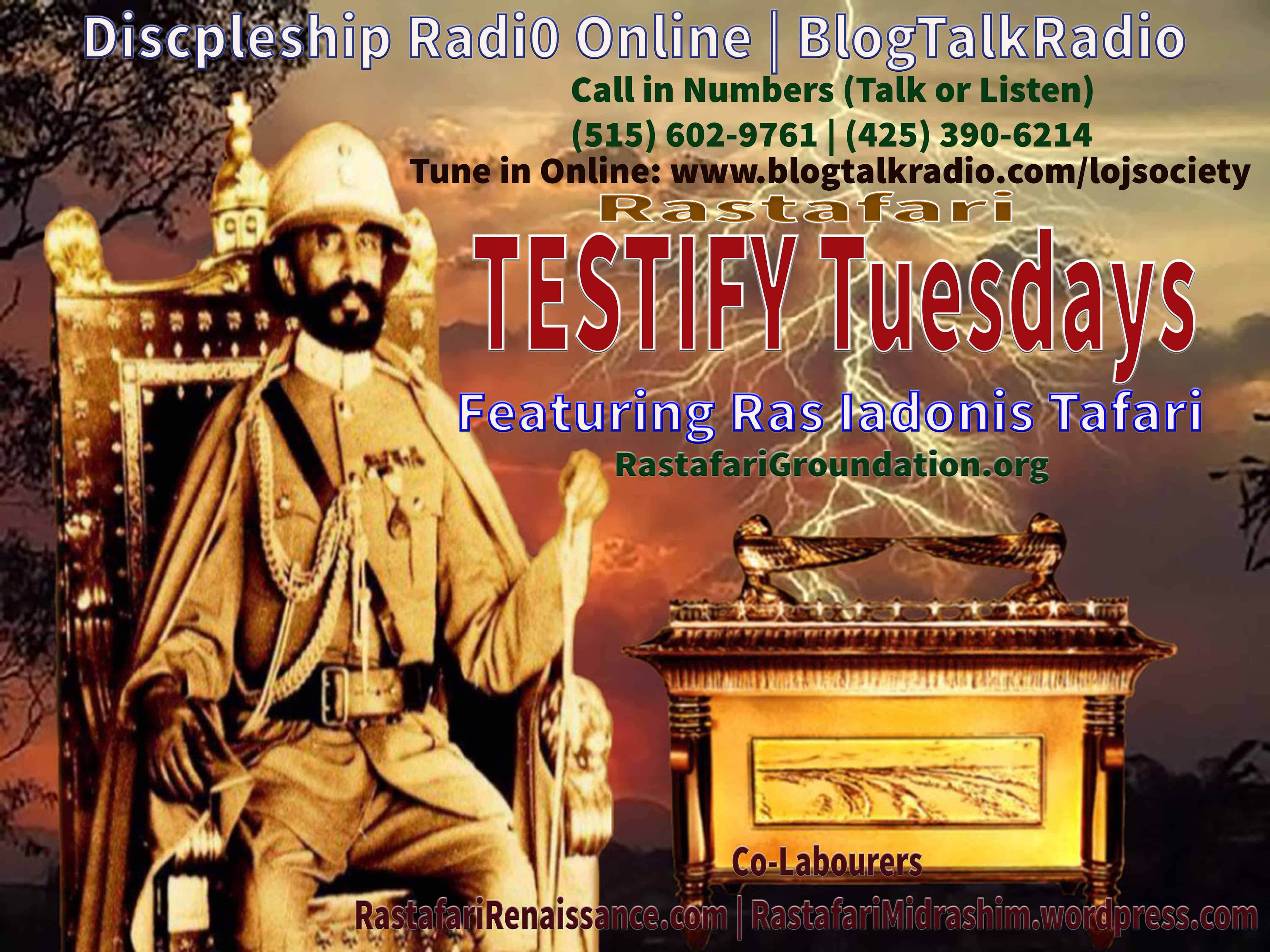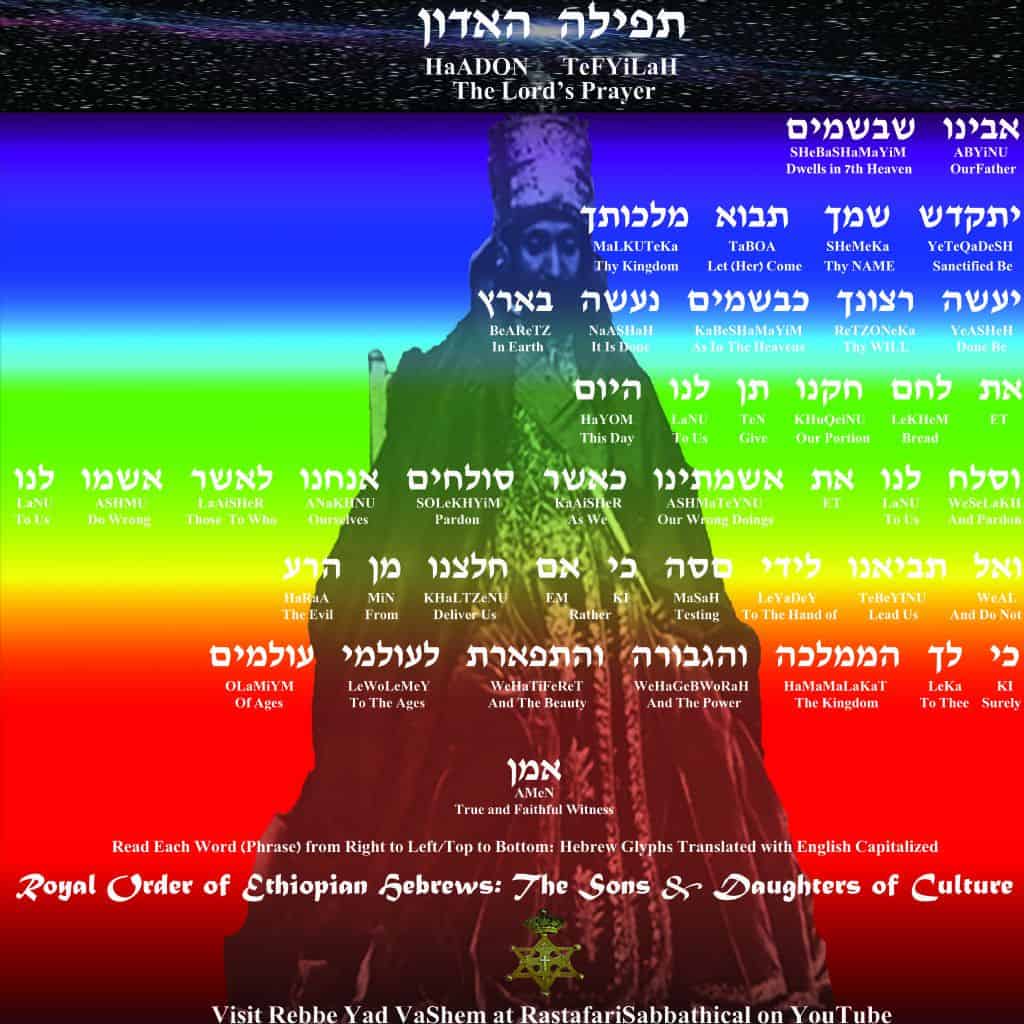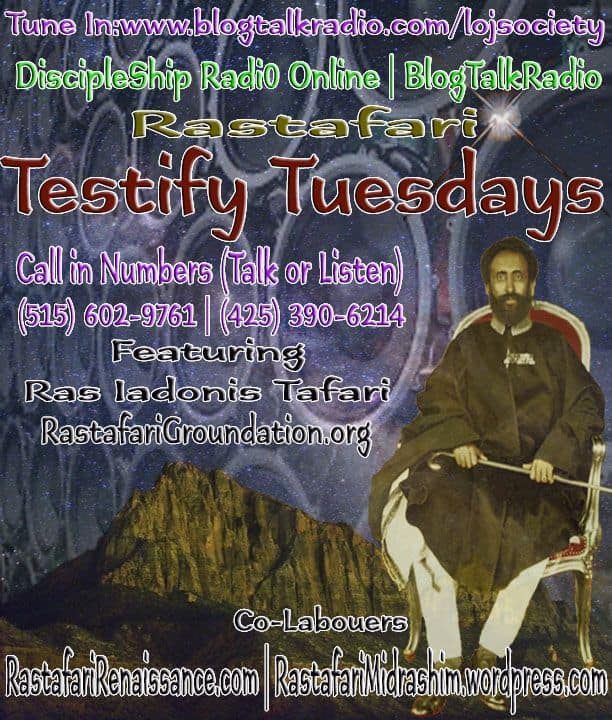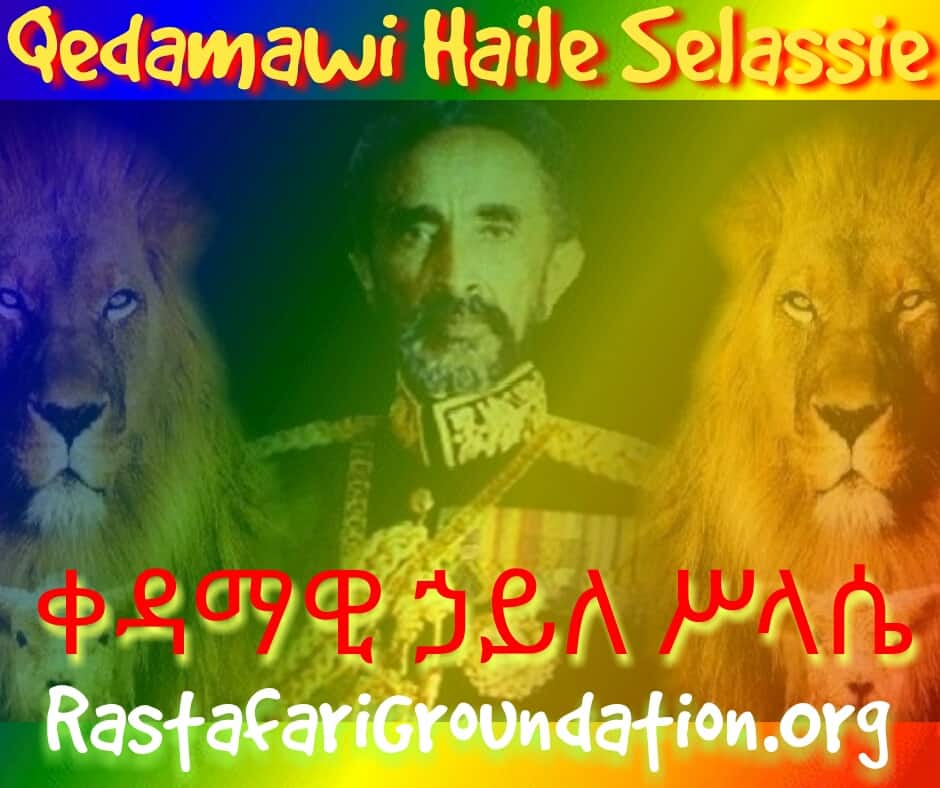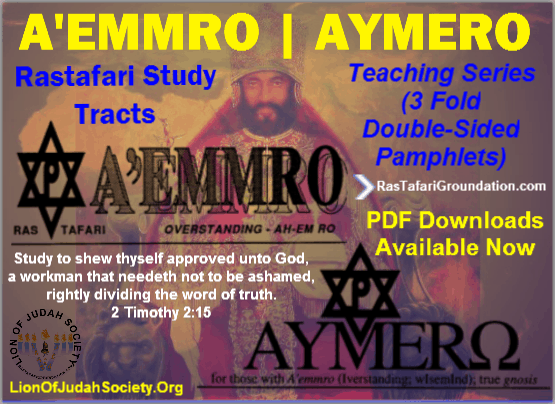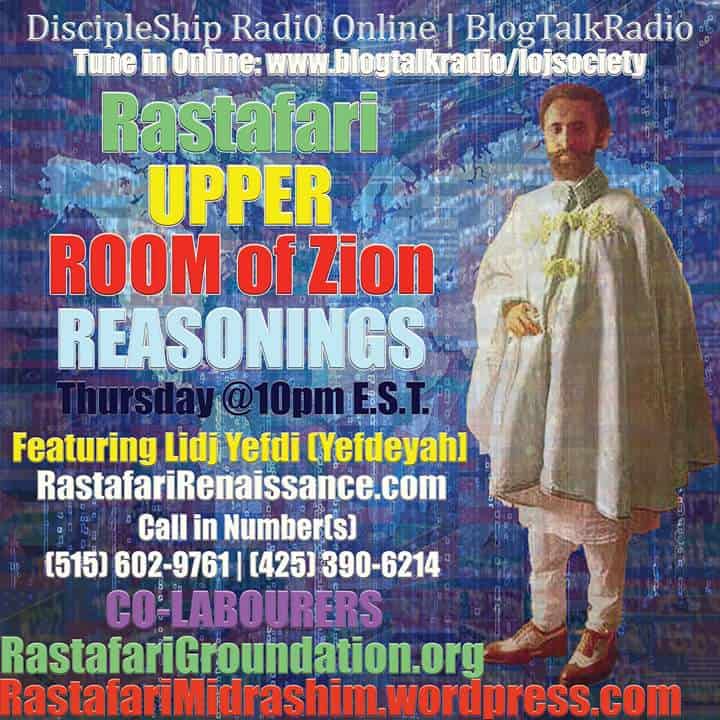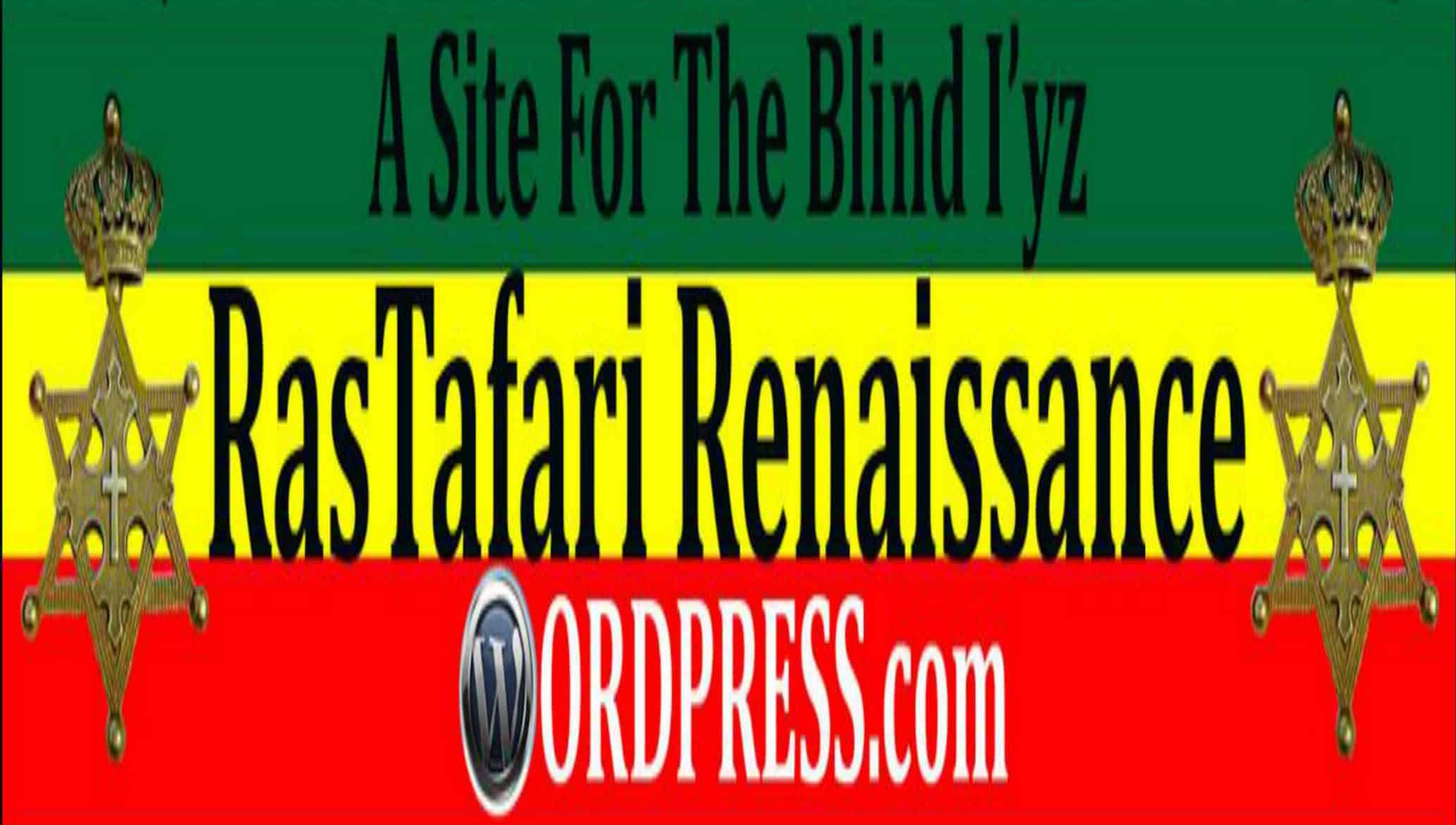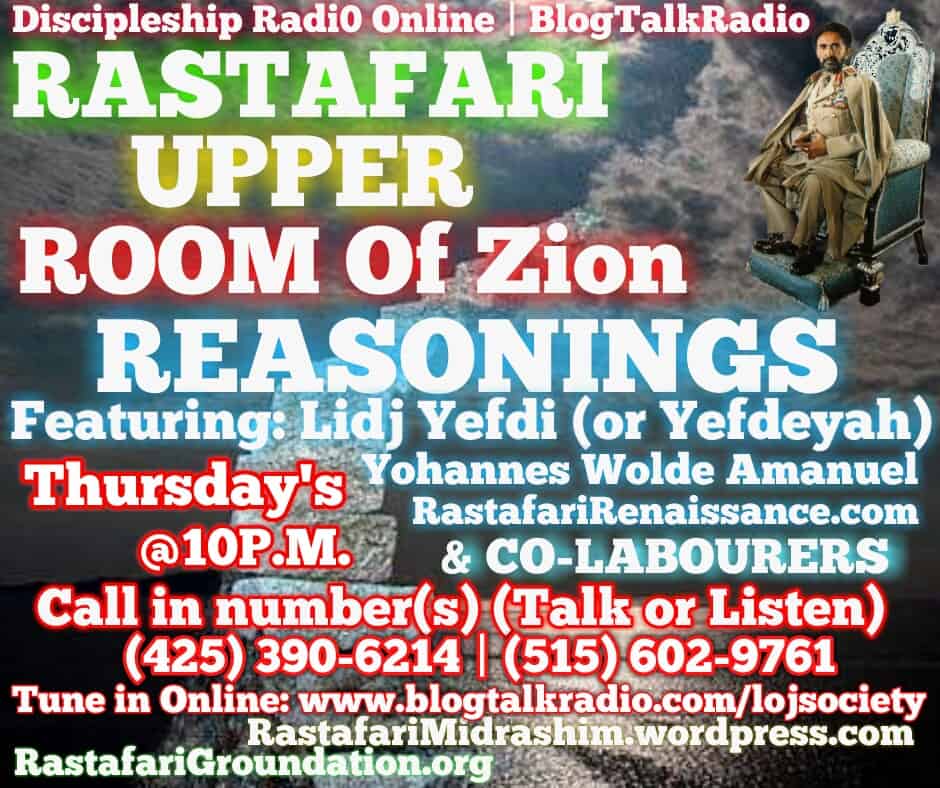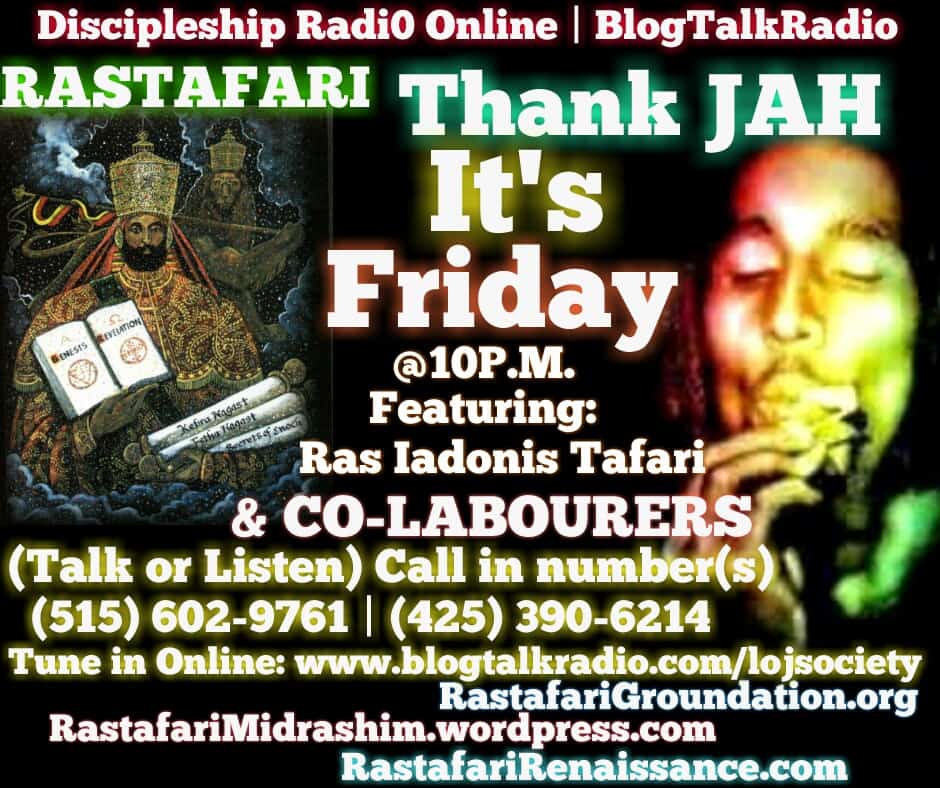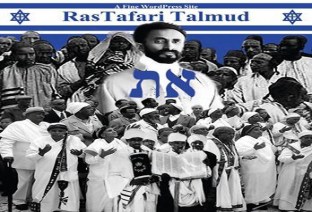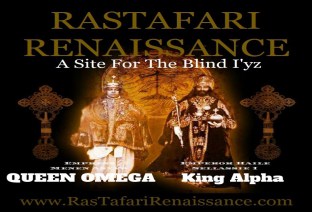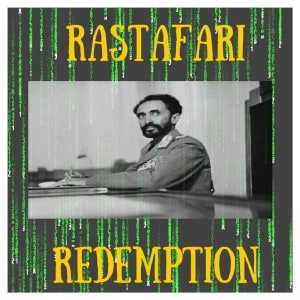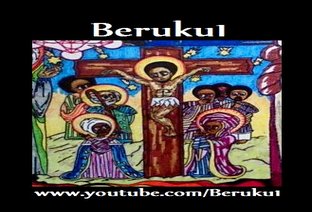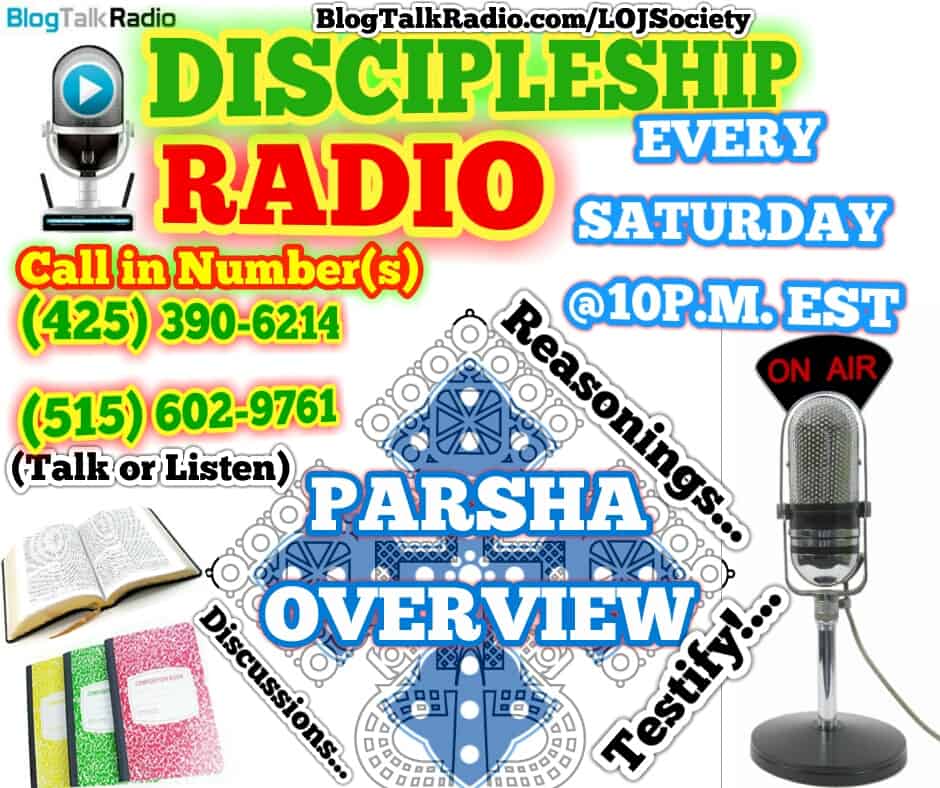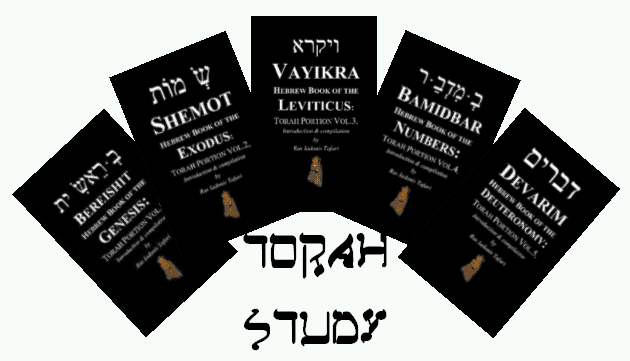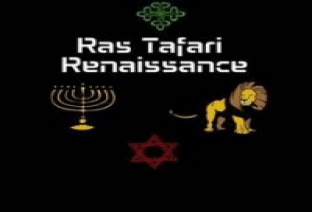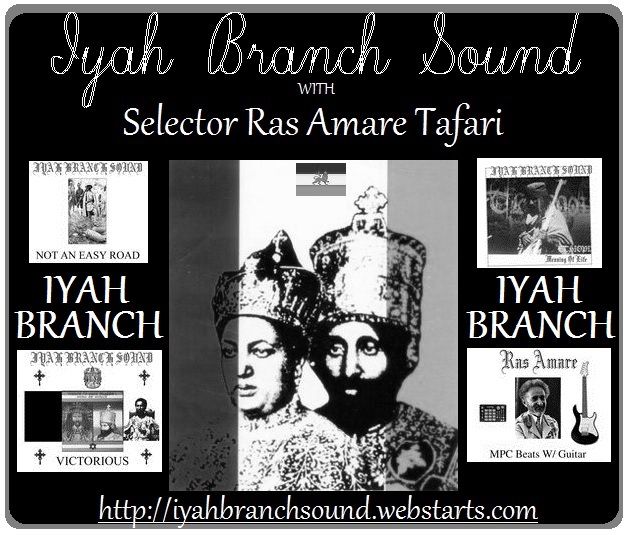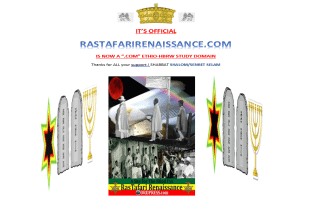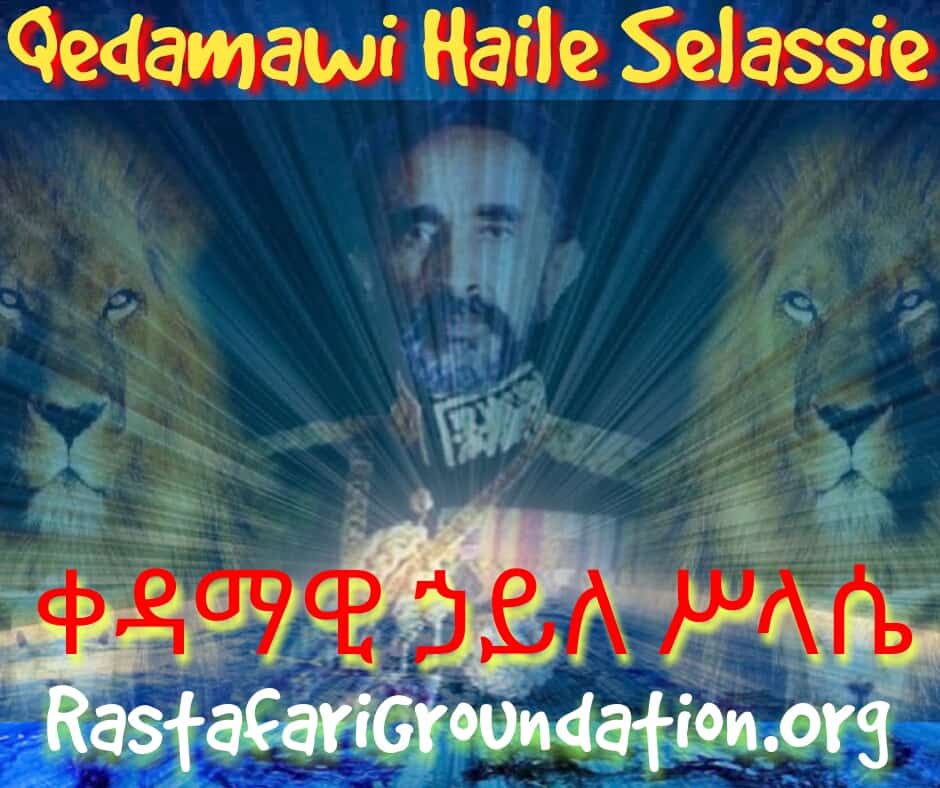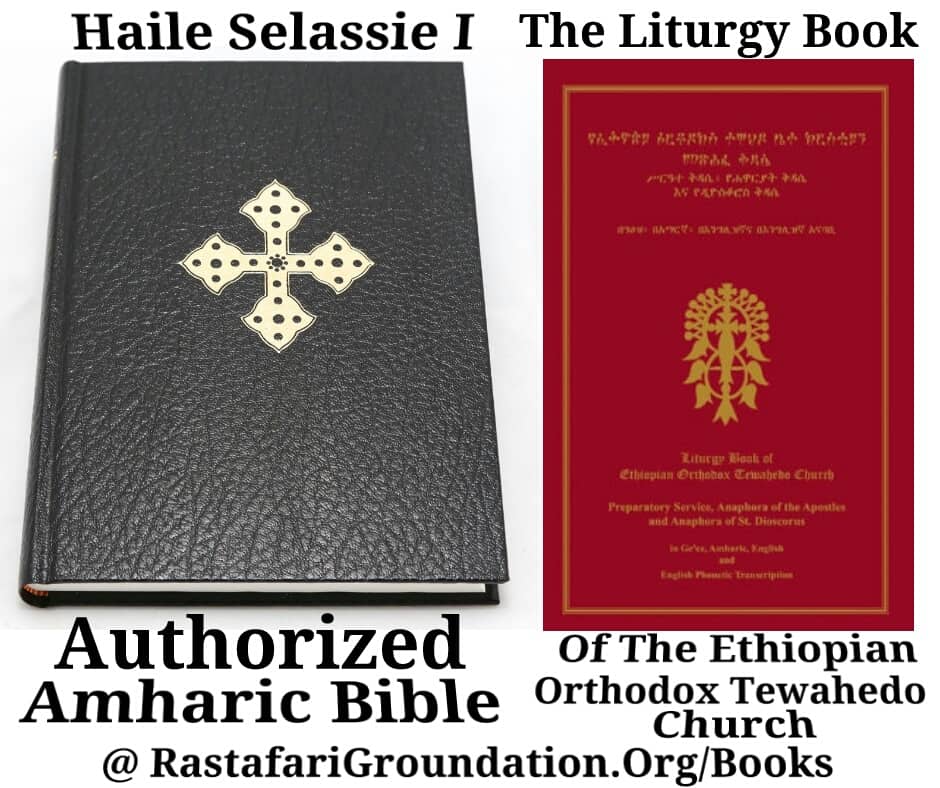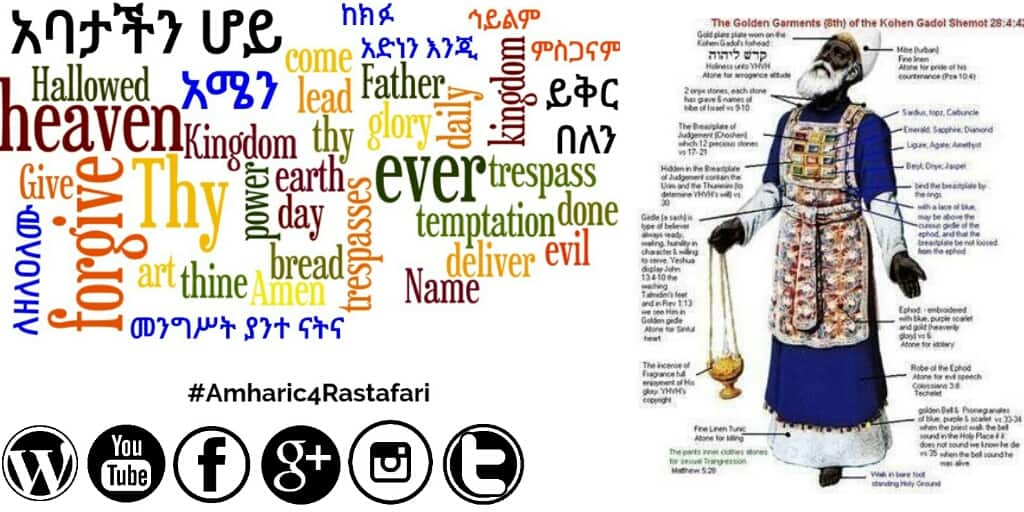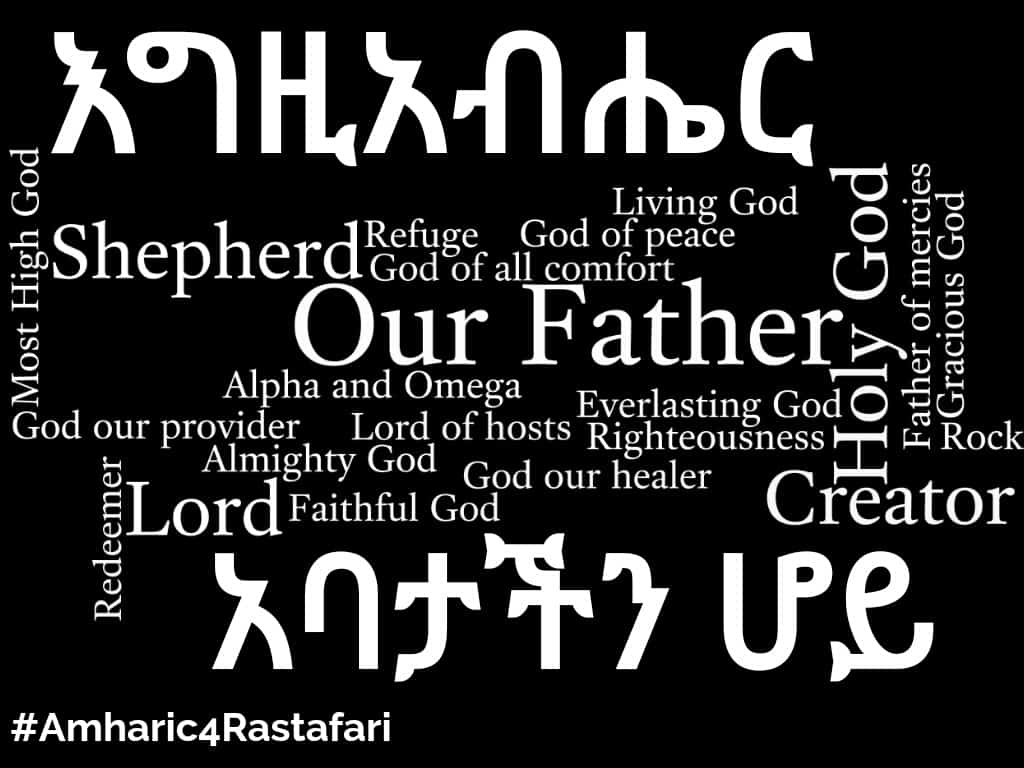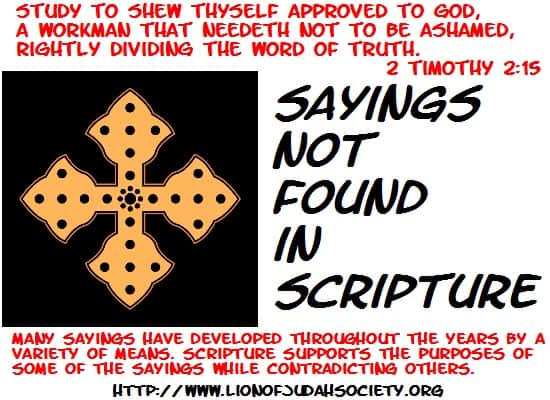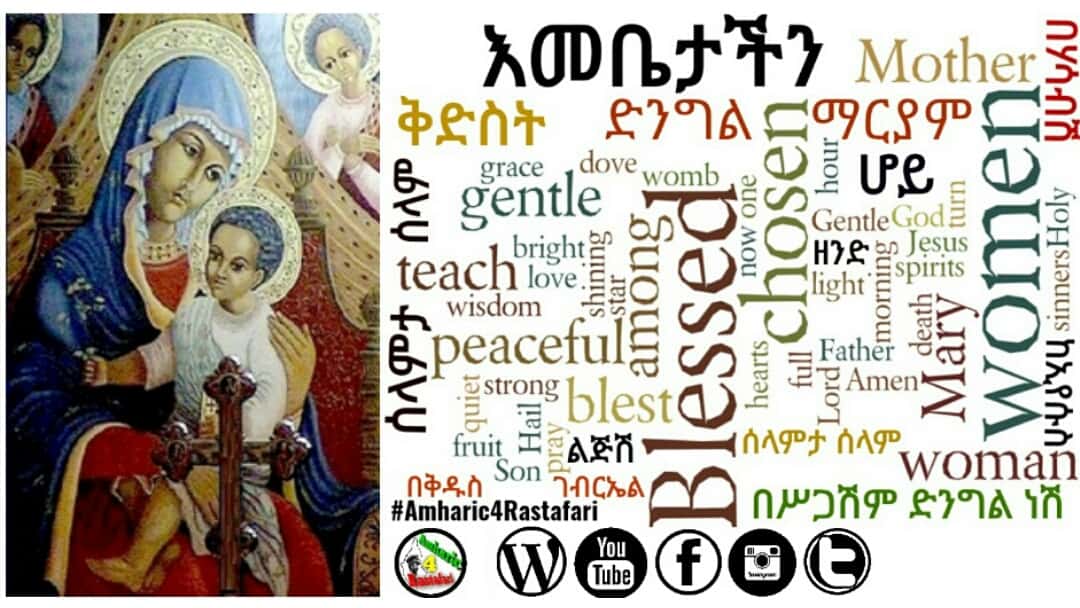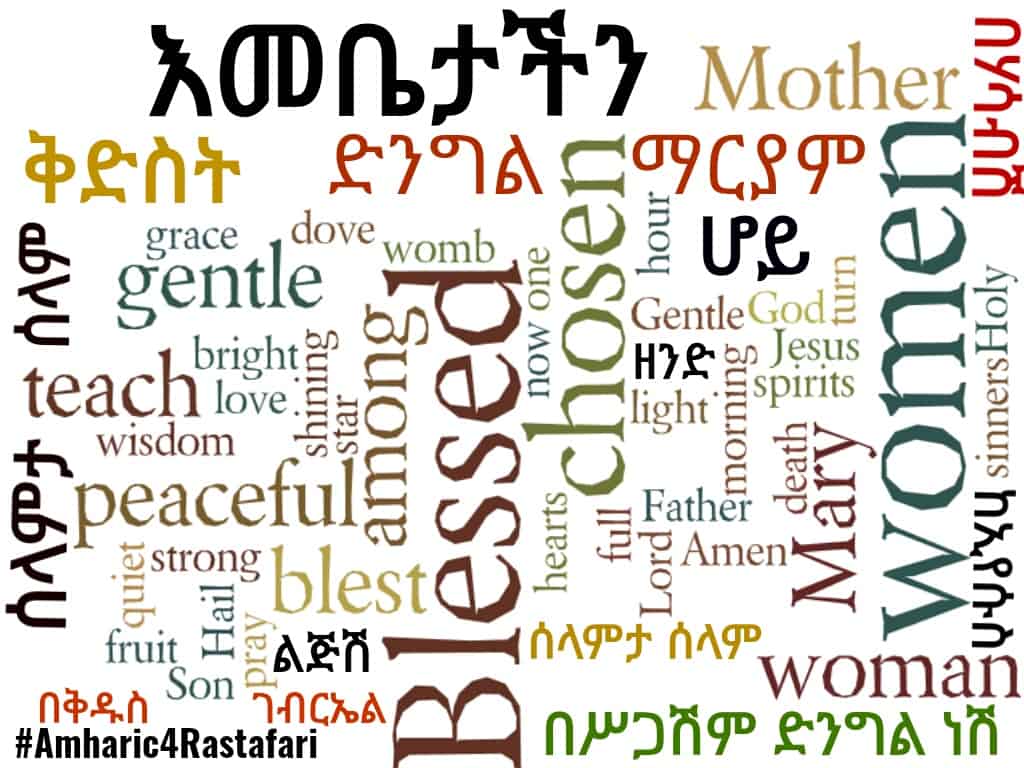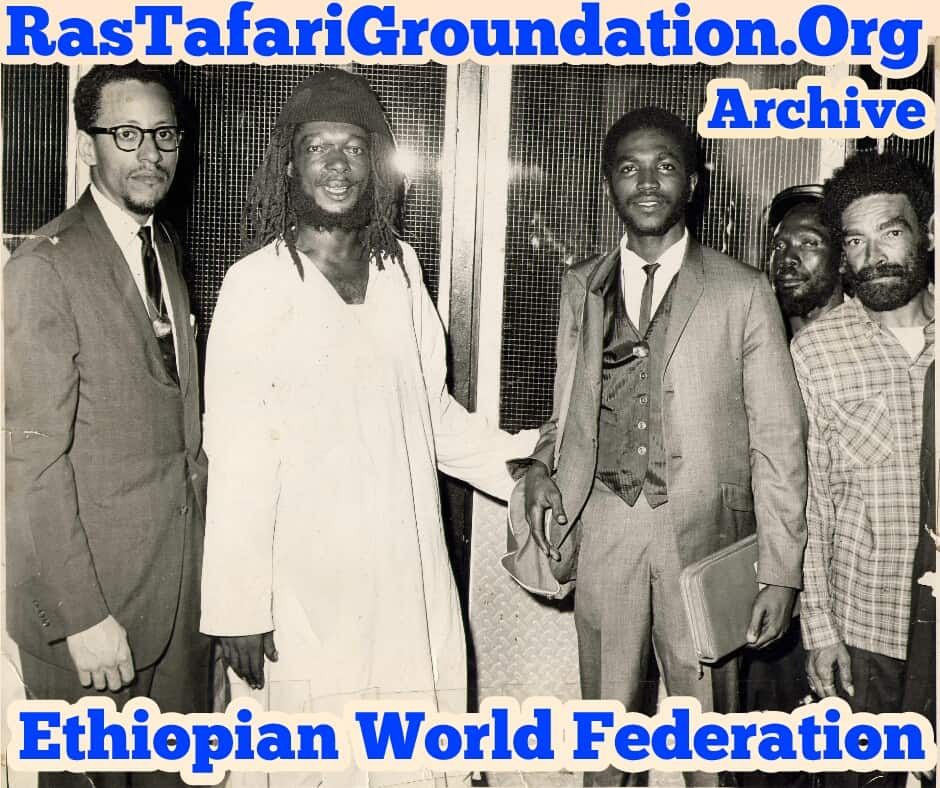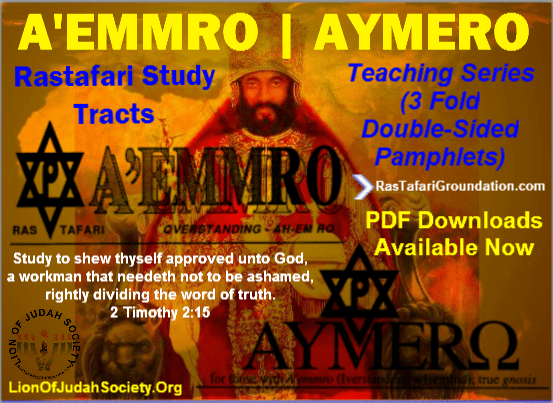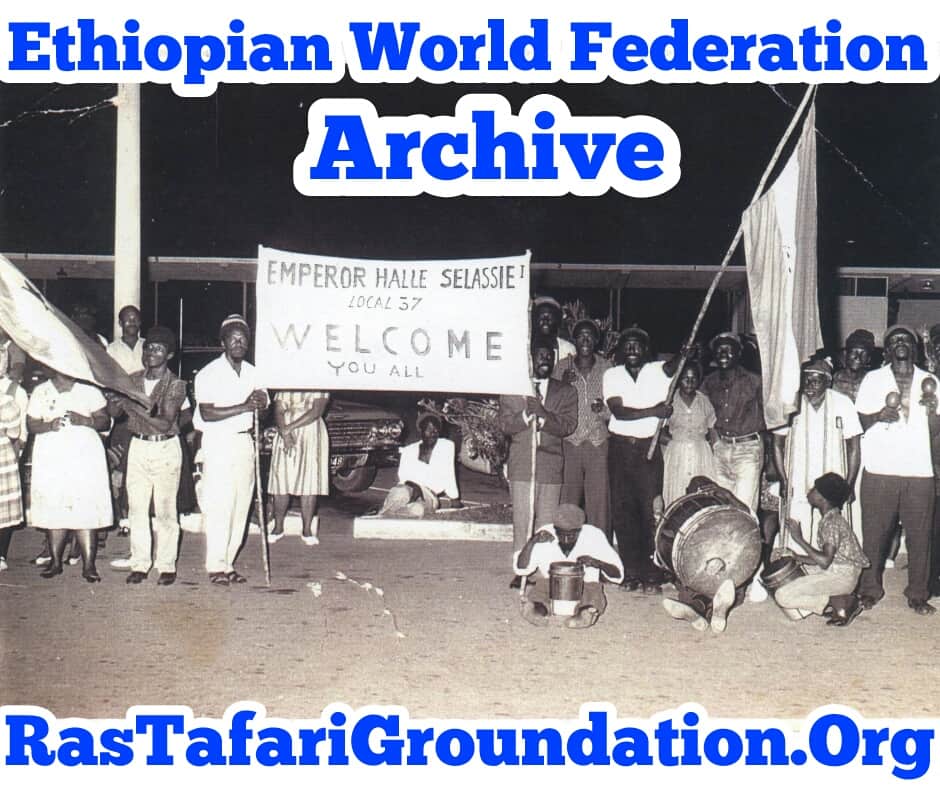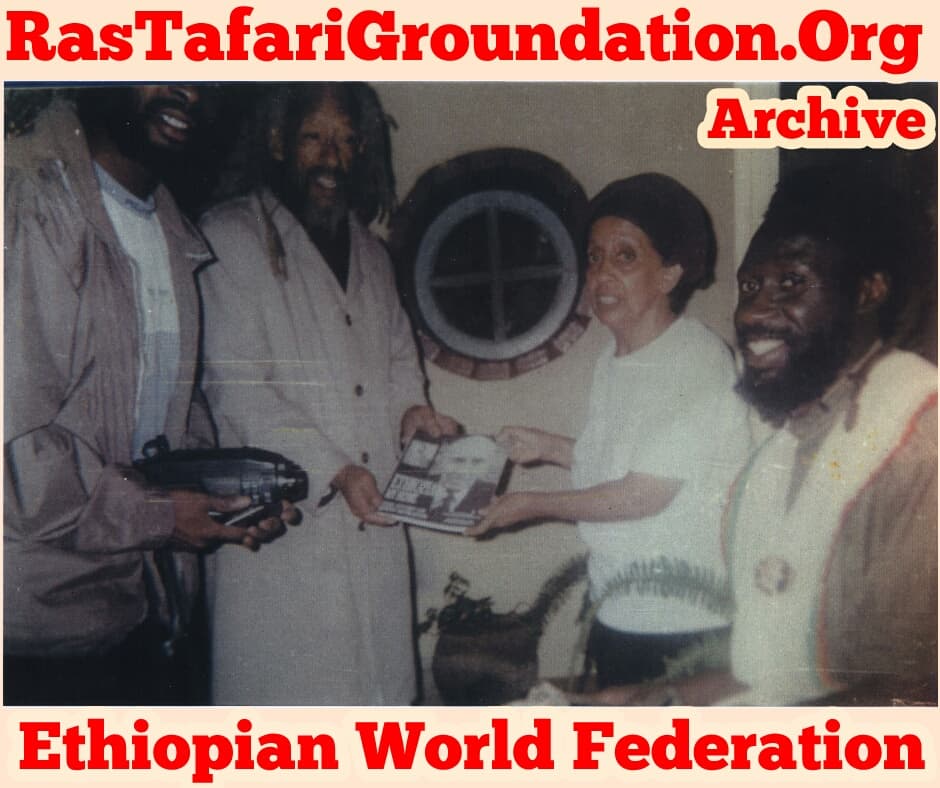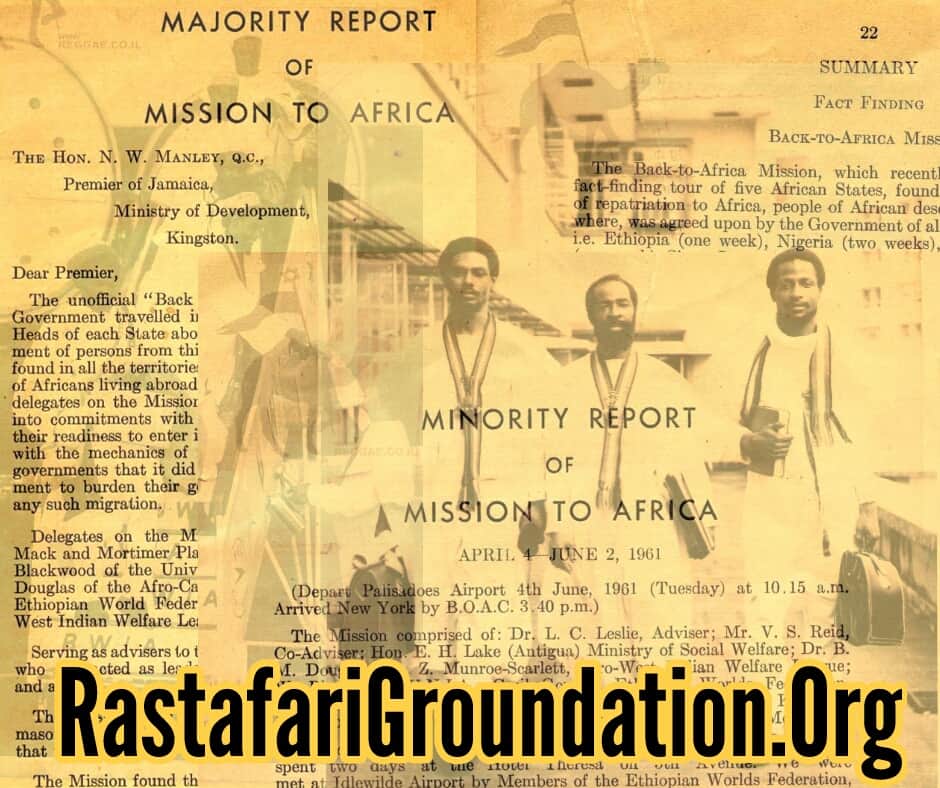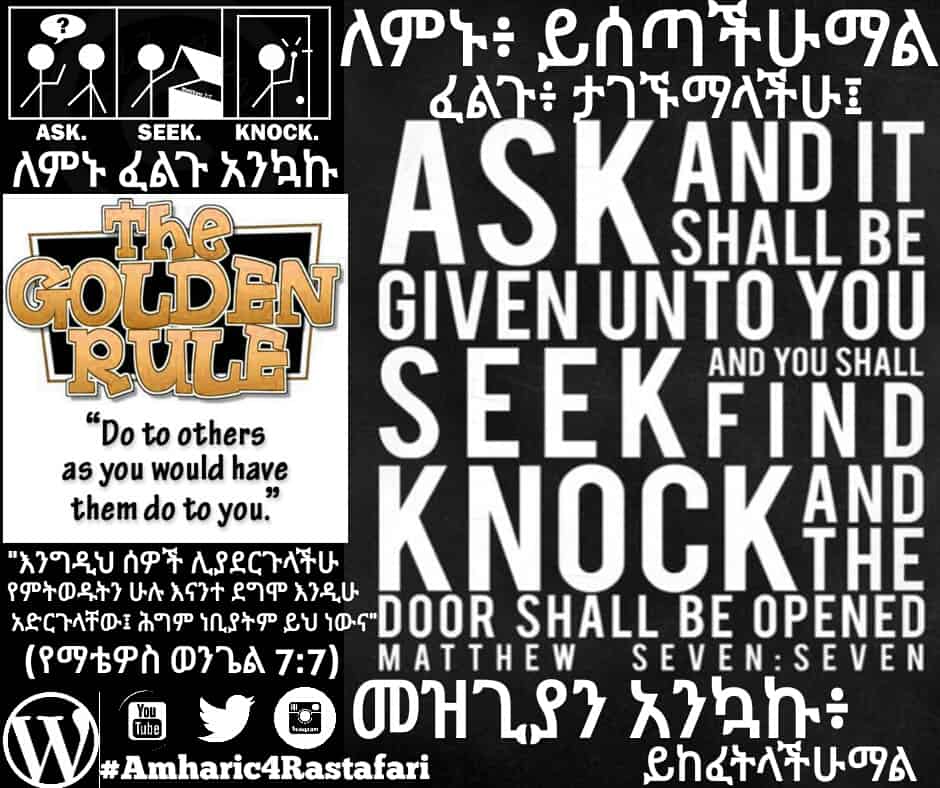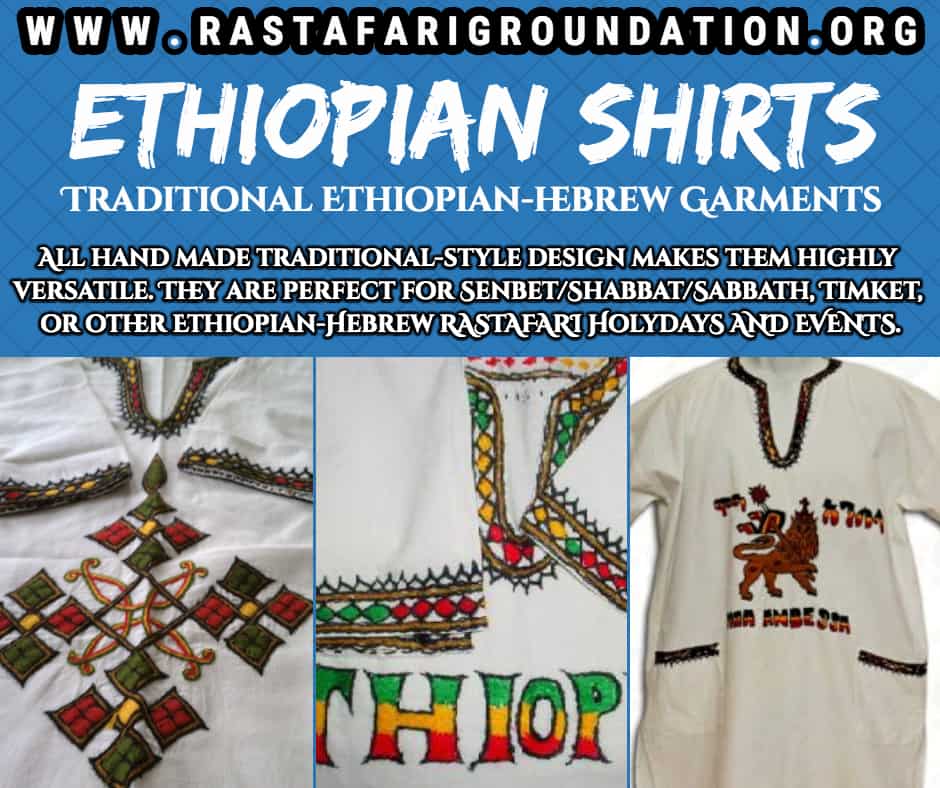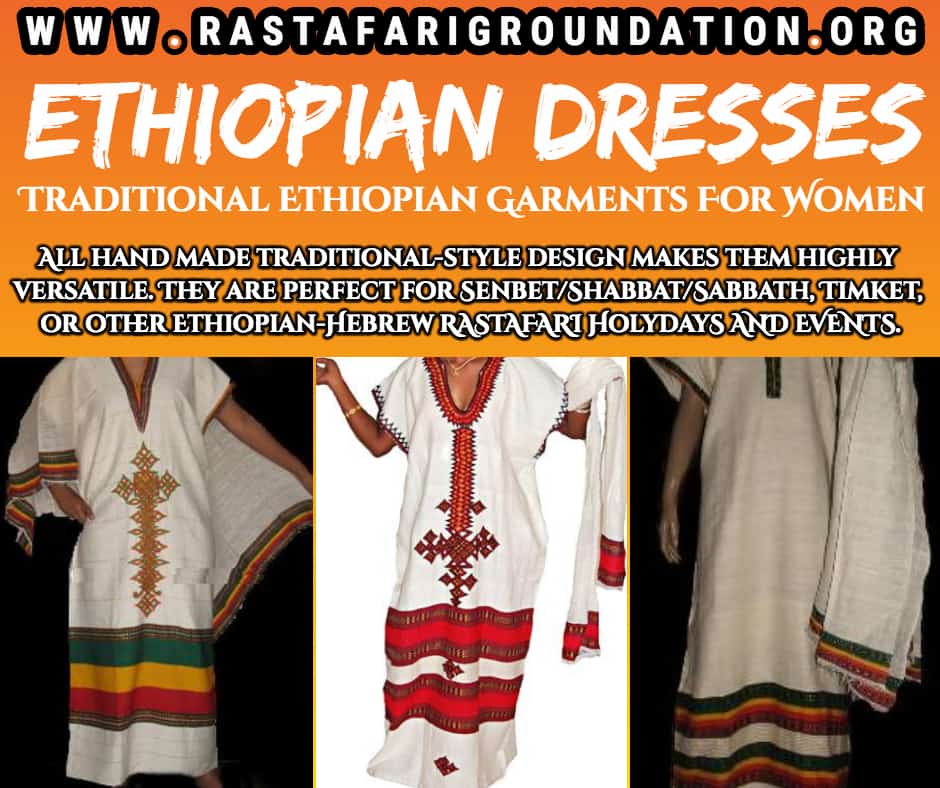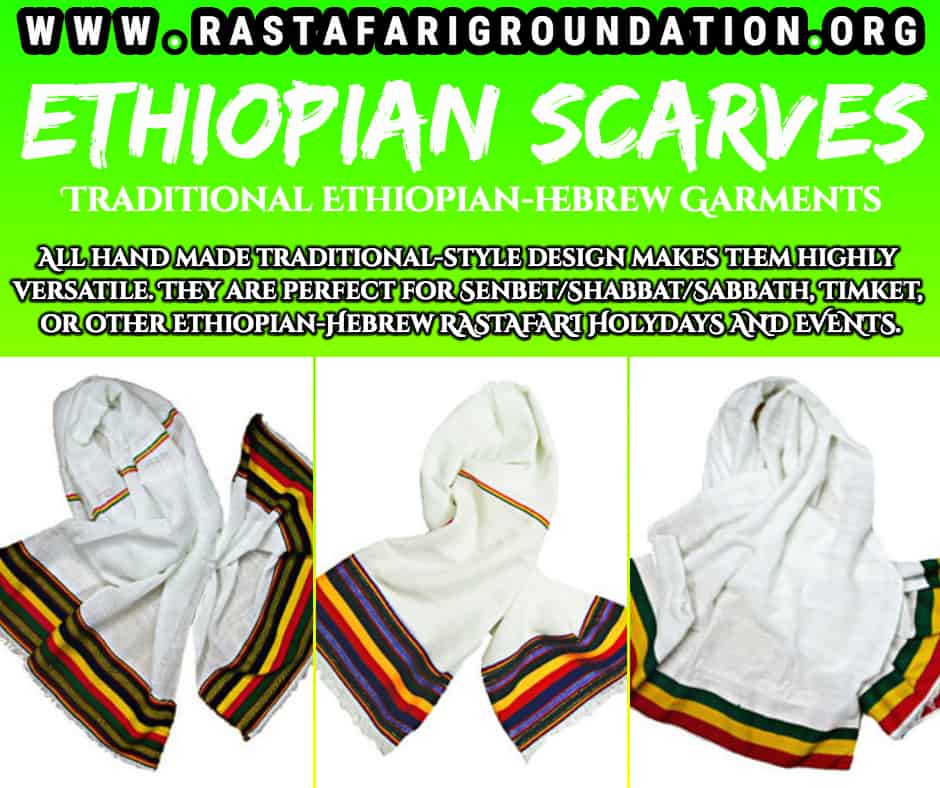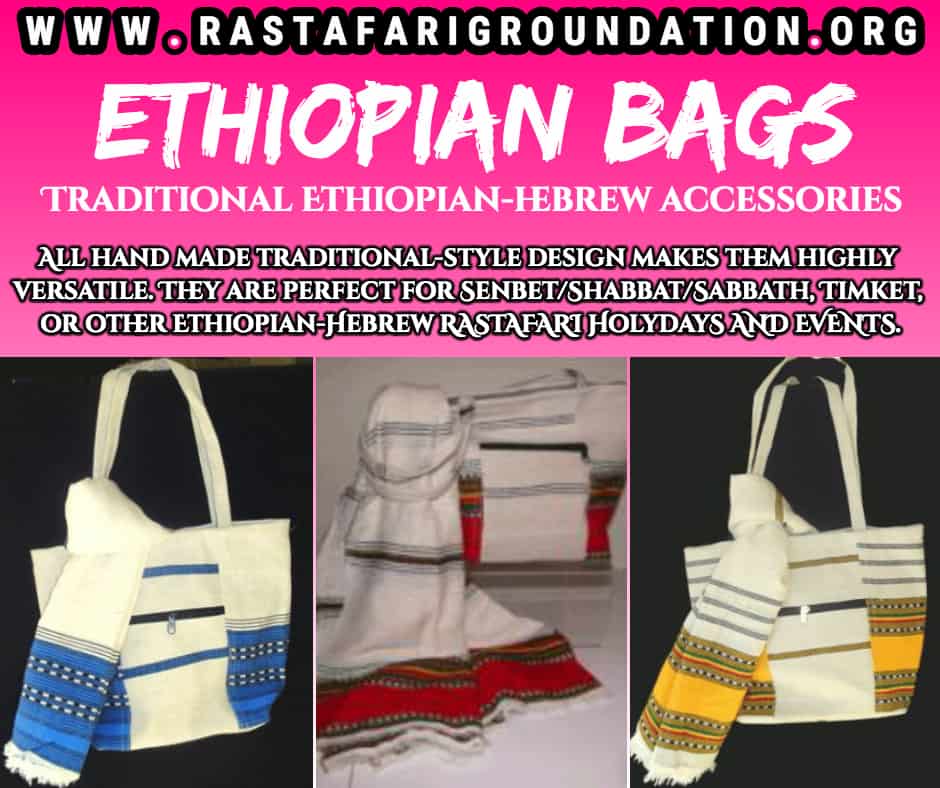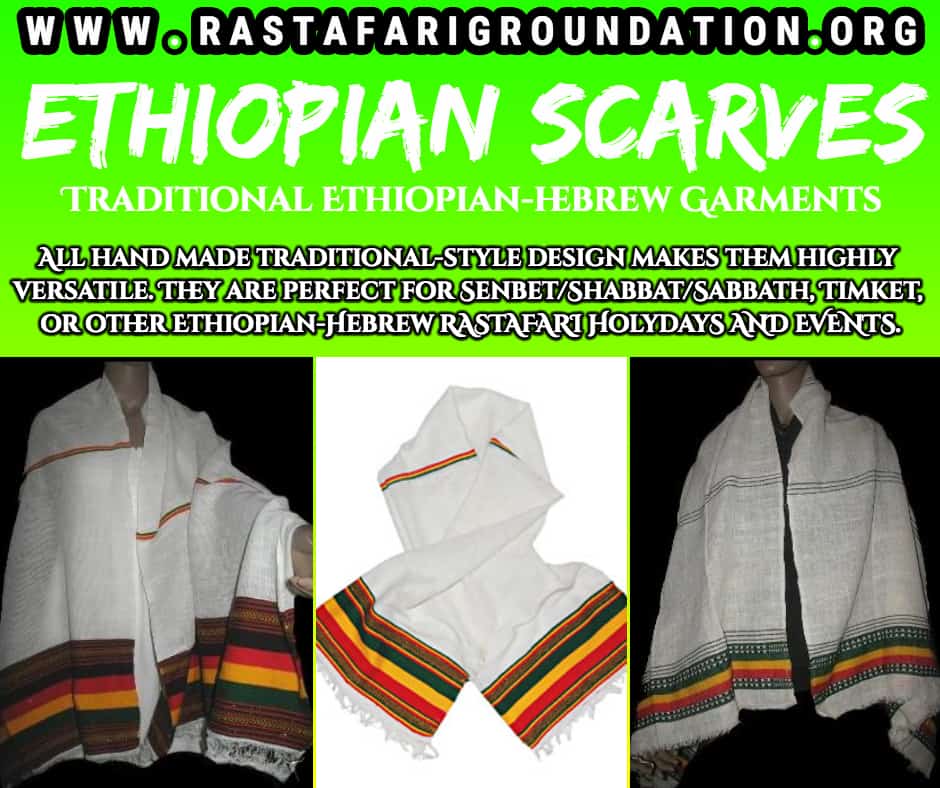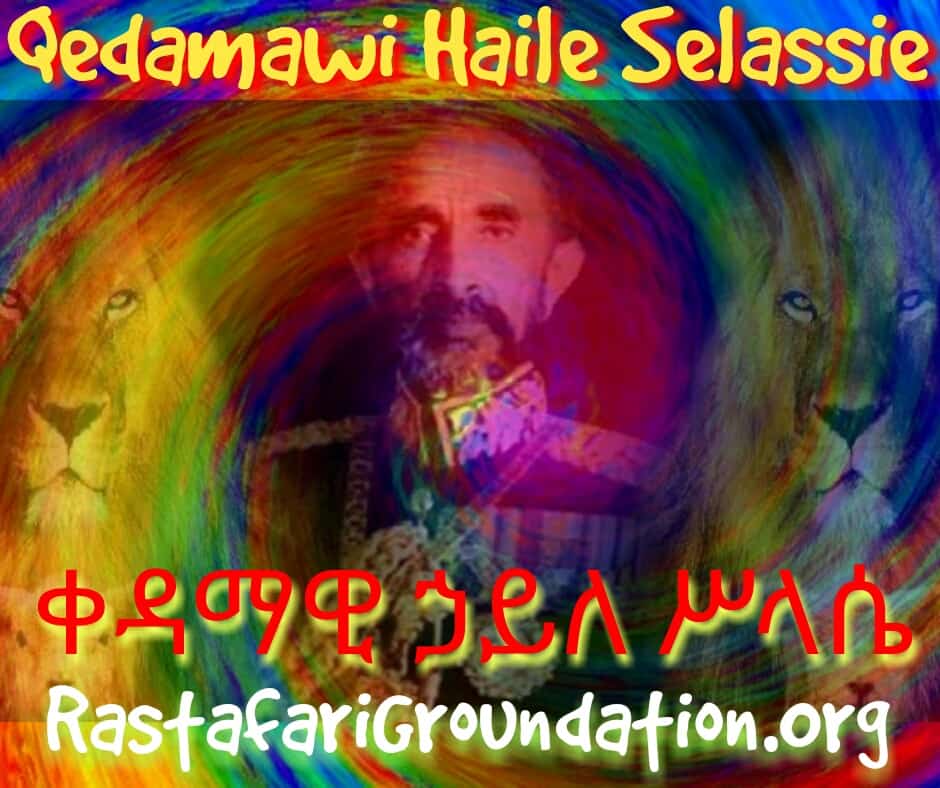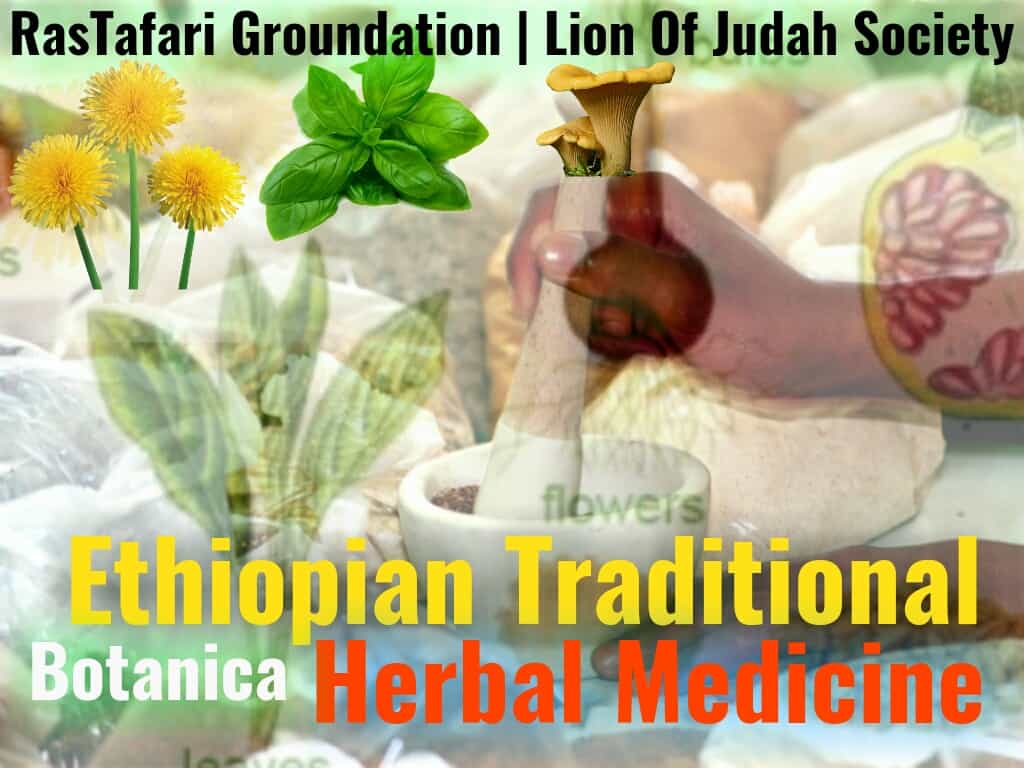This is a guest blog post by Fentahun Tiruneh, Area Specialist for Ethiopia and Eritrea in the African and Middle Eastern Division at the Library of Congress.
On January 7, 2016, Ethiopian Christians, particularly the followers of the Ethiopian Orthodox “Tewahedo” Church in Ethiopia, the United States, and elsewhere, celebrate Christmas. In Ethiopia, it is customary for the youth to draw colorful flowers on paper sheets or cut some wild flowers and hand them to relatives and neighbors as a good wish for the New Year and receive blessings with money or gifts or promises in exchange. On the contrary during Christmas gift giving is not an important part of this holiday. Midnight mass takes place on Christmas Eve, and includes elaborate chants and beating of drums. Men and women dress in their best clothes, and young people receive a gift of new clothes by their parents and or relatives. [This paragraph was updated by the author, July 10, 2020]
Books, recently translated into Amharic from ancient manuscripts written in Ge’ez, reveal a new interpretation of the story of the Magi, the three wise men who visited the scene of the nativity. Ge’ez is an ancient Semitic language which is mainly used today in the liturgy of the Orthodox Churches in Ethiopia and Eritrea, the Ethiopian Catholic Church, and the Beta Israel Jewish community in Ethiopia. Based on these new revelations, Ethiopian historians are now looking at the theory that it was Ethiopian kings who traveled from different parts of ancient Ethiopia to present the gifts to the Christ child to fulfill the prophecy of their sages. Maṣḥaf Kebur (መጽሐፍ ክቡር), an Amharic source published in 2008/9, lists the names of the three wise men and the kings who accompanied them to Jerusalem. The first wise man was Agoja-Jabon; with him were three kings, namely Abol, Tona and Baraka. The second was Magal who had with him Kings Makdas, Awra, and Murno. The third wise man was Agabon who was accompanied by Kings Hajabon, Abulsalam and Arstatalu. The King of Kings of all the sovereigns was Atse Bazen, son of Nalk. According to the narrative translated from the Ge’ez manuscripts, it took two years for the sovereigns to arrive safely in Jerusalem.
To this day in each Ethiopian household in Ethiopia, the USA, and elsewhere, coffee is served three times using the same beans in memory of the three kings: Abol, Tona and Baraka, each serving named after one of the three kings. Legend has it that these three kings consumed coffee on their way to Jerusalem in order to stay awake. Besides leaving the legacy of coffee drinking, it is believed that the three kings knew how to tell the time and the year by observing the stars and the moon.
The Ethiopian Christmas always falls on January 7, based on the Ethiopian Christian Orthodox Calendar system. Although there are several calendar systems in Ethiopia, the solar-based calendar system has been adopted as the national calendar. According to the Ethiopian Orthodox calendar system, the world was created in 5500 B.C.E. — see Manuscript #23, a calendar book in the Thomas Kane Manuscript Collection at the African and Middle East Division — and Adam was born 5500 years before the birth of Jesus who, according to the teachings of the Ethiopian Orthodox Church, was born on January 7. The Ethiopian year consists of 365 days, divided into twelve months of thirty days each plus one additional month of five days (six in leap years). Ethiopian New Year’s Day falls on September 11 and ends the following September 10.
Bahera Hasab, (Computus). Manuscript #23 in the Thomas Kane collection. African and Middle Eastern Division, Library of Congress. This Ethiopian manuscript, in the languages of Amharic and Geez, is open to a page explaining the mathematical system for fixing the movable feasts and fasts of the Ethiopian Orthodox Church. Select the image for a larger version.
A Treatise on Zodiacal Signs and Constellations: Unique Jewels on the Benefits of Keeping Time (Risalah fi al-buruj wa-al-manazil: Faraʼid jawhariyah fi fawaʼid al-miqatiyah). By Muhammad ibn Muhammad Budayri. 1831. In Arabic. African and Middle Eastern Division, Library of Congress. View the catalog record. Page 3 describes the origin and history of the Coptic calendar and its conversion to other calendars. Select the image for a larger version.
Egyptian Coptic Christians also celebrate Christmas on January 7. Some Ethiopian scholars believe the Ethiopian calendar system was copied from the Coptic Orthodox Church of Alexandria. The Ethiopian Orthodox Church claims that though the calendar systems appear similar with that of the Alexandrian church, the Ethiopian calendar was not an import but evolved to its present status with input from sister Eastern Christian churches.
The Library’s African and Middle Eastern Division houses a very important collection of books, manuscripts, newspapers and journals on Ethiopia and Eritrea, that are invaluable resources on the Ethiopian Orthodox Christianity and its calendar system. Among these resources is the Thomas Kane Collection, acquired in 2002, which includes manuscripts and rare books in Amharic, Ge’ez, and other Ethiopian languages.
MELKAM GENNA መልካም ገና (MERRY CHRISTMAS)
 Genna is the name for Christmas in Ethiopia. Like many other Orthodox's who use the Julian calendar Christmas is celebrated on January 7th. Which is different to the Gregorian calendar which celebrate Christmas on December 25th.
Genna is the name for Christmas in Ethiopia. Like many other Orthodox's who use the Julian calendar Christmas is celebrated on January 7th. Which is different to the Gregorian calendar which celebrate Christmas on December 25th.
The word comes from 'Gennana', meaning “imminent” to express the coming of the Lord and the freeing of mankind from sin. Genna is also the name given to a hockey-like ball game. Legend has it that when shepherds heard of the birth of Christ they rejoiced and started playing the game with their sticks. In some villages men and boys still play the traditional Genna game on Christmas day.
Christmas is a special celebration in Ethiopia. The celebration for many is started with a fast the day before with the service proceeding around 4am the next morning. At the Church men and women sit separately, many dressed in their traditional white costume (shamma). In Ethiopian Churches, many of the congratulation are sat or stood outdoors where they can be heard chanting and praying throughout. Sounds are provided by the choir and the priest who use a sistrum a percussion instrument with tinkling metal disks, makamiya, a long T-shaped prayer stick to keep the rhythm and church drums. The congratulation are given candles to burn and hold during the services.
Christmas is followed by the celebration of Timket (Epiphany) on January 19, a three-day celebration commemorating the baptism of Christ,.
Here at LOJSociety, we would like to wish all our brothers and sisters, our readers and followers a Melkam Genna today.
On January 7, Ethiopians celebrate Christmas with their neighbours, friends and families, and many of them attend church.
Orthodox Ethiopian Christians “fast” for 40 days before Gena, eating a diet without meat, fish, milk, butter or other animal products. On Gena they break the fast with a feast that includes dishes containing chicken, beef and lamb. In the days before Gena, you see people carrying live chickens on the streets and on minibuses, and sheep are everwhere to be seen, especially in condominium and apartment compounds and in the yards of people’s homes. There are people pushing, pulling, dragging, carrying sheep on their shoulders, maneuvering them into car trunks and taxis.
On the morning of Gena, all of these sheep, cows and chickens disappear after being killed and prepared for the Gena feast. You will, though, see sheep skulls lying around for pet dogs to eat, and on Gena there are people selling the animal skins on the streets.
Many Orthodox Christians, including the Ethiopian, Russian, Greek and Serbian Othodox churches, celebrate Christmas Day on January 7th. The reason for this is that their calendar is similar (but not identical) to the so-called Julian calendar, which was named after Julius Caesar, who began this calendar in 45BC. The Julian calendar had 365 days in a year and 366 days every fourth (leap) year. Unfortunately, it was slightly inaccurate because it overestimated the length of a year by 11 minutes. That meant that every 400 years the world gained three days with the Julian calendar. (Let’s do the maths: 11 minutes gained per year multiplied by 400 years equals 4,400 minutes gained in 400 years. Divide 4,400 by 60 to give the number of hours gained, then by 24, to give the number of days gained…..answer is 3.05 days gained in 400 years.)
To compensate for this, in 1582 Pope Gregory XIII changed the calendar by making all years that are divisible by 100 non-leap years, unless they are also divisible by 400. For example, the years 1700, 1800 and 1900 are divisible by 100 but not by 400, so they were not leap years (but they were leap years in the Julian calendar). However, 1600 and 2000 were leap years because they are divisible by 400. If you lived through the year 2000, not only did you witness the turn of a new millenium, but also it was the only year with two zeros on the end of it since 1600 that was a leap year, and there won’t be another leap year with two zeros on the end of it until 2400. The new calendar of 1582 was called the Gregorian calendar after the Pope, and it is the calendar most countries use today.
It gets a little more complicated, but what Pope Gregory did in 1582 was immediately to subtract 10 days from the calendar to catch up somewhat, then the world instigated his new Gregorian calendar. Since 1582 there have been 3 days extra in the Julian calendar, from the years 1700, 1800 and 1900, which are leap years in the Julian calendar but not in the Gregorian calendar. Add these 3 days to the 10 days that Pope Gregory immediately subtracted from the Julian calendar in 1582 and you get 13 days extra if you follow the Julian calendar. Add those extra 13 days to December 25th and you get January 7th, which is why January 7th is Christmas day in Ethiopia, because orthodox Ethiopians do not follow the Gregorian calendar.
It gets more confusing, because in Ethiopia the year right now is not 2020 (as we write), as it is in other countries: it is 2013.
Ethiopian Christmas tradition involves people playing a game called ganna or genna, which has some resemblance to hockey. it is said that shepherds in the era of Christ’s birth played a similar game with their crooks. It’s connection with Christmas is presumably that around the time of Christ’s birth, the shepherds who watched their flocks by night, and to whom the Angel of the Lord appeared, may well have been playing a game similar to genna with their crooks during the time that heavenly event took place.
Traditional Ethiopian food is served with injera (a healthy traditional Ethiopian round, spongy, flat bread made with the grain, teff) with wat, a stew that is often made with a popular spice called berbere. The wat can be made with lamb, beef, fish, goat or chicken and contains peas or lentils and vegetables. Doro wat, a stew made from chickens (doro), containing whole hard-boiled eggs (without the shell), is a particularly popular and delicious dish that’s eaten at Gena. Meat from sheep can be eaten as a stew (yebeg wat) or separately.
Following this delicious meal is a coffee ceremony. Coffee beans will be roasted in front of hosts and guests as the pan was passed around for everyone to savour the aroma, hmmmmmmm… just as the Ethiopian goatherd, Kaldi, may have done over a thousand years ago when he and his friends became the first humans known to drink coffee. The coffee is served with popcorn and sipped in the midst of the magical aroma of burning incense.
After the coffee ceremony, Tej will be served, a popular Ethiopian wine made from fermented honey, without grapes. Boiled extracts of the dried stems and leaves of a shrub called gesho are used as a source of natural yeasts to ferment the wine. Tej is bright yellow, sweet, slightly cloudy, and has a fairly high alcohol content.
Ethiopians generally don’t buy expensive Christmas presents for each other for Christmas. A gift of some coffee beans or some traditional homemade Ethiopian bread called defo dabbo, is very much appreciated. For a very special Christmas gift, you can buy your hosts a sheep, but you should let them know in advance so they can be prepared for it. If they own a house they will keep it in their yard tied up until it is ready to be killed and eaten. Otherwise, the sheep can be kept in an apartment complex for the day or two before Gena.
Gena is less about materialism and presents and more about it’s religious significance and about spending time with family and friends. Neighbours also come and go and there’s plenty of warmth, laughter and conversation.
We wish you all a Happy Ethiopian Christmas: Melkam Gena! Or can say: “Inkwan le Gena be’al beTaena, beSelamna, beDesta aderesachu!” (“Have a wonderful Gena with health, peace and happiness!”).
Jan 7th | Ethiopian Christmas : Visit of MAGI Or JESUS Real Birth Day?! Bible Study @rastafarijews
Jan 7th Ethiopian Christmas Wisemen Feast of His Birth?! Ask @Rastafari Rabbi @BlackJews @LOJSociety
Ethiopian Christmas Jan 7th Visit of MAGI, Birth Day?! Ask @Rastafari Rabbi @BlackJews @LOJSociety
Ethiopian Christmas: Beholding Of Emmanuel Day?! Ask #RasTafari Church #LionOfJudah @LOJSociety
Virgin Mary & Jesus born Ethiopian New Year, Sept 11th?! Ask #Rastafari #LionOfJudah @LOJSociety
Fasting Days (ጾም)
The 7 official fasting periods ordained in the ፍትሐ ነገሥት/Fitiha Negest:
- የረቡዕ እና ዓርብ ጾም/All Wednesdays and Fridays, except for the fifty days after Easter and also if the Feasts of Christmas and Epiphany fall on these days.
- Fast of the Prophets (ጾመ ነቢያት/Tsome Nebiyat): the fast preceding Christmas and which lasts for some 40 days. It begins with Sibket on 15th of the Ethiopian month of Hedar and ends on Christmas Eve with the feast of Gena on the 28th of Tahsas.
- ጾመ ገኀድ/The Gahad of Epiphany: the fast on the eves of Epiphany and Christmas
- The Great Lent: This fast is also known as Fast of Hudadie or ዐቢይ ጾም/Abiy Tsom. It is moveable and lasts for fifty five days
- Jonah's Fast of three days also known as Fast of Ninevah (ጾመ ነነዌ/Nenawe): This is also a fast of movable dates and is observed in commemoration of the preaching of Jonah. It comes on Monday, Tuesday and Wednesday of the third week before Lent.
- Apostles' Fast (ጾመ ሐዋርያት/Tsome Hawariat): It begins on Monday after Pentecost and ends on the 5th of July.
- Assumption of St. Virgin Mary (ጾመ ፍልሰታ ለማርያም/Tsome Filseta): This fast is held from August 1-15 and is dearly observed by many.
Fast Days (Tzomim)
In addition to Yom Kippur, The Talmud (Tractate Rosh Hashana 18b) discusses four fast days (based on Zechariah 8:19) that commemorate the destruction of the First and Second Temples and the exile of the Jewish People from their homeland. In addition, two other fast days are mentioned in the Rabbinical literature, yielding a total of six tzomot (seven if Yom Kippur is included).
- Fast Days of the Jewish Year
Father Anti-Christmas: Santa Claus & White Jesus Exposed
"I appreciate there not being a paywall: it is more democratic for the media to be available for all and not a commodity to be purchased by a few. I’m happy to make a contribution so others with less means still have access to information"
If everyone who watches our videos, reads our articles, who likes it, helps fund it, our future would be much more secure. For as little as $1, you can support the LOJSociety – and it only takes a minute. Thank you.![]()
FAIR USE NOTICE:
This site may at times contain copyrighted material the use of which has not always been specifically authorized by the copyright owner. We are making such material available in our efforts to advance understanding of cultural, traditional, environmental, political, human rights, economic, democracy, scientific, and social justice issues, etc. We believe this constitutes a 'fair use' of any such copyrighted material as provided for in section 107 of the US Copyright Law. If you wish to use copyrighted material from this site for purposes of your own that go beyond 'fair use', you must obtain permission from the copyright owner.
